W. L. Hall Company 30 Year Flashback
HGA's Enduring Design of the Minnesota History Center Embraces State's History
Located near downtown Saint Paul, Minnesota, the Minnesota History Center is the headquarters of the Minnesota Historical Society, functioning as a museum and library. Widely regarded as one of the most impressive public buildings in the state, the center's exterior surface comprises copper, terra cotta, and Minnesota stone, which still exudes a timeless elegance and contemporary charm since its opening in 1992.
Visitors to the History Center can explore the fascinating stories, people, and places that shaped Minnesota through a diverse range of exhibits, educational programs, live performances, and interactive experiences. The museum features a captivating collection of permanent and changing exhibits, while the center hosts many concerts, lectures, family events, and other special occasions. The center's vaulted atrium is particularly noteworthy, drawing accolades for its stunning beauty decades after its construction.
In 1985, the state of Minnesota staged a national competition for the design of a new building to house the Minnesota History Center in St. Paul.
The Minnesota History Center committee's design goals:
"We have envisioned a place that draws the public in, fires the imagination, and responds to its hunger for an understanding of the past."
The list was narrowed to five participating teams, including HGA — the only company from Minnesota to make the list. As a result of W. L. Hall Company's performance history, accomplishments, and collaboration with HGA on numerous successful projects together, HGA reached out to the W. L. Hall Company to team up with and assist with the design.
The building is situated on a 10-acre site in St. Paul. It is surrounded by prominent landmarks such as the St. Paul Cathedral and the Minnesota State Capitol, making it highly visible from surrounding highways.
Designing the 420,000-square-foot center posed a significant challenge: it had to stand out while blending seamlessly with its surroundings.
However, W. L. Hall Company and HGA share a successful approach to projects involving careful research, active listening, and innovative solutions, which ultimately paid off on this project. After reviewing several proposals, the state of Minnesota selected HGA's design, and the firm was subsequently awarded the commission.
Minnesota Historical Society:
"The Minnesota History Center is a stunning architectural landmark that pays tribute to our rich state history"
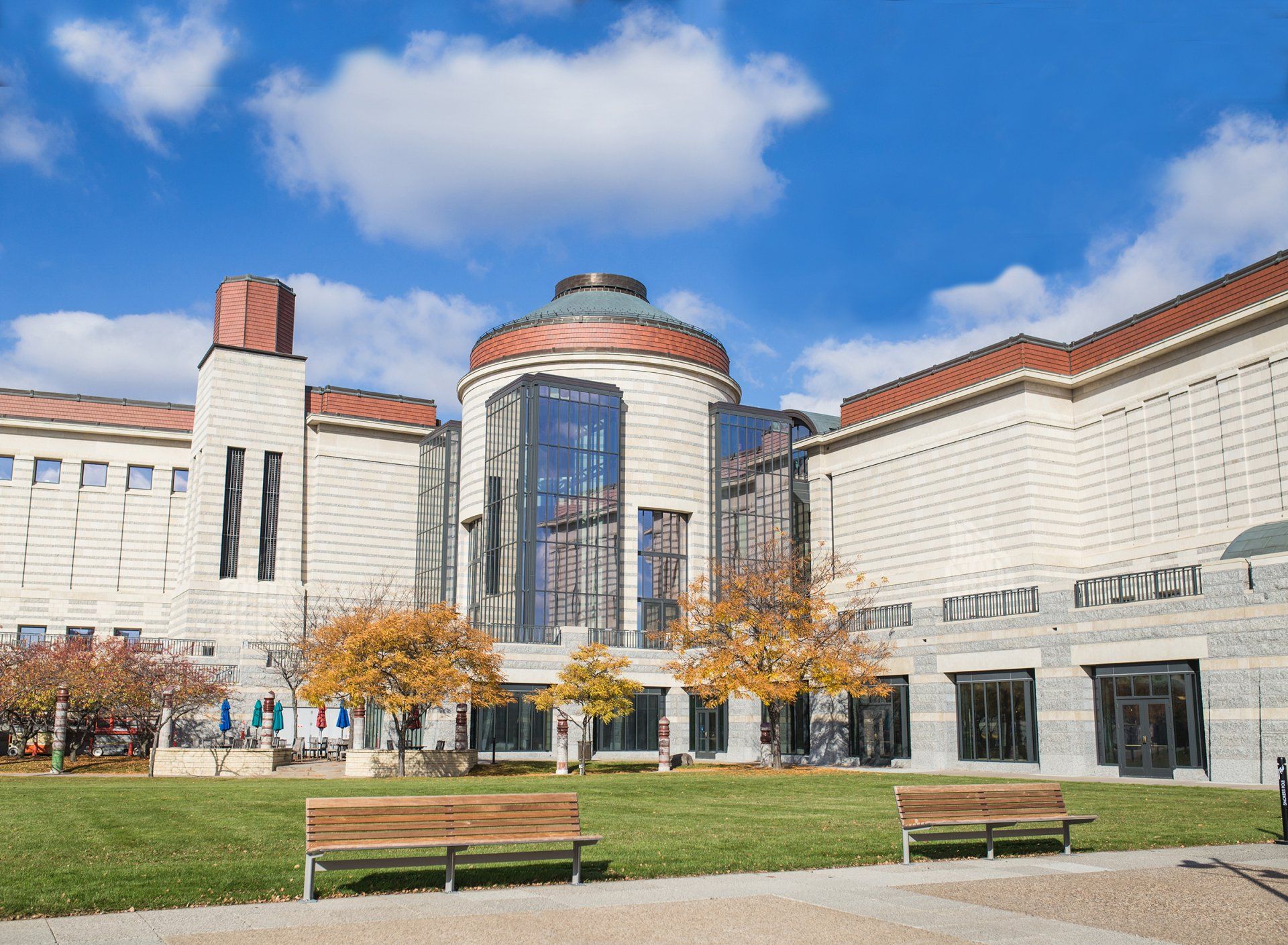
Contact us to let us know how we can help turn your custom design into reality on your next project."

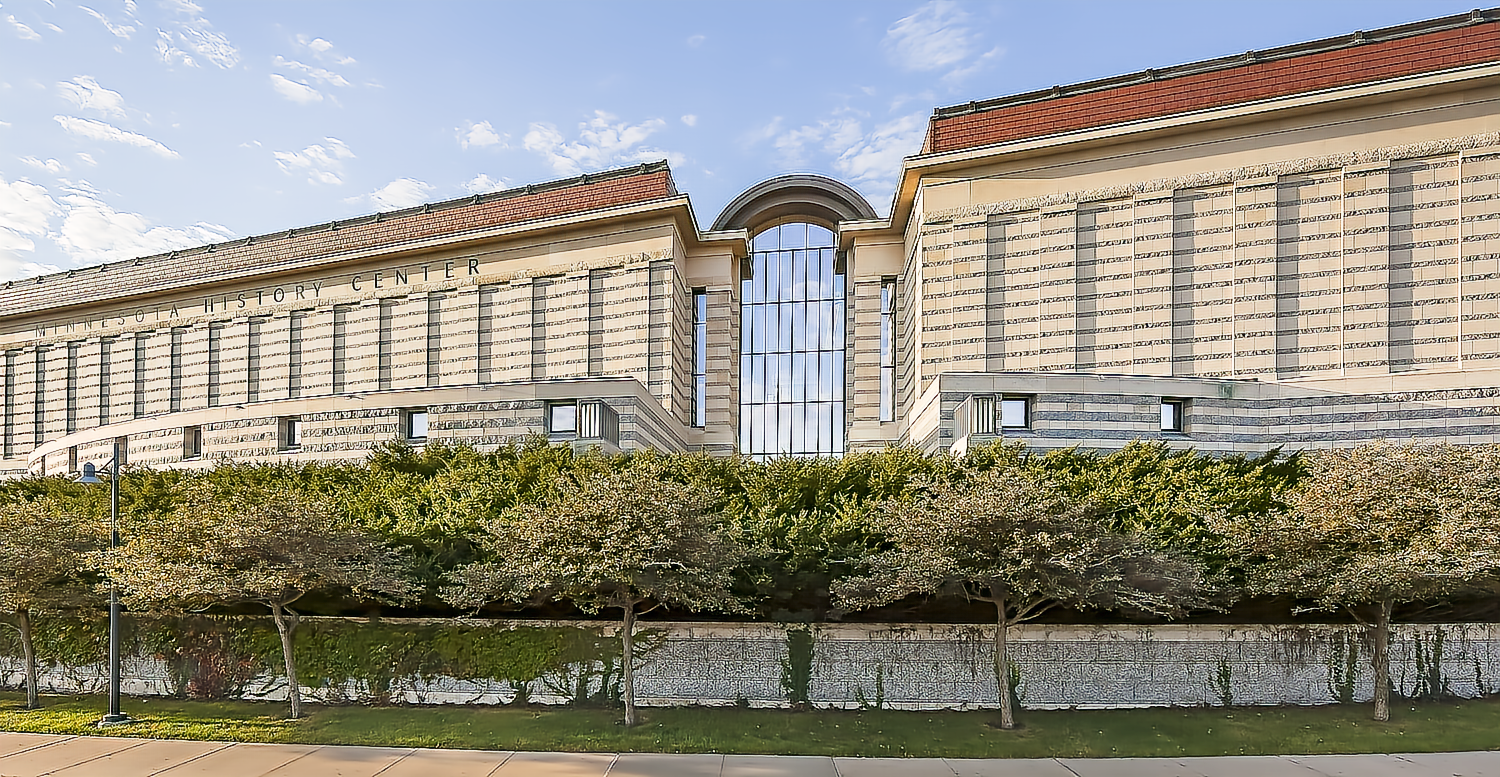
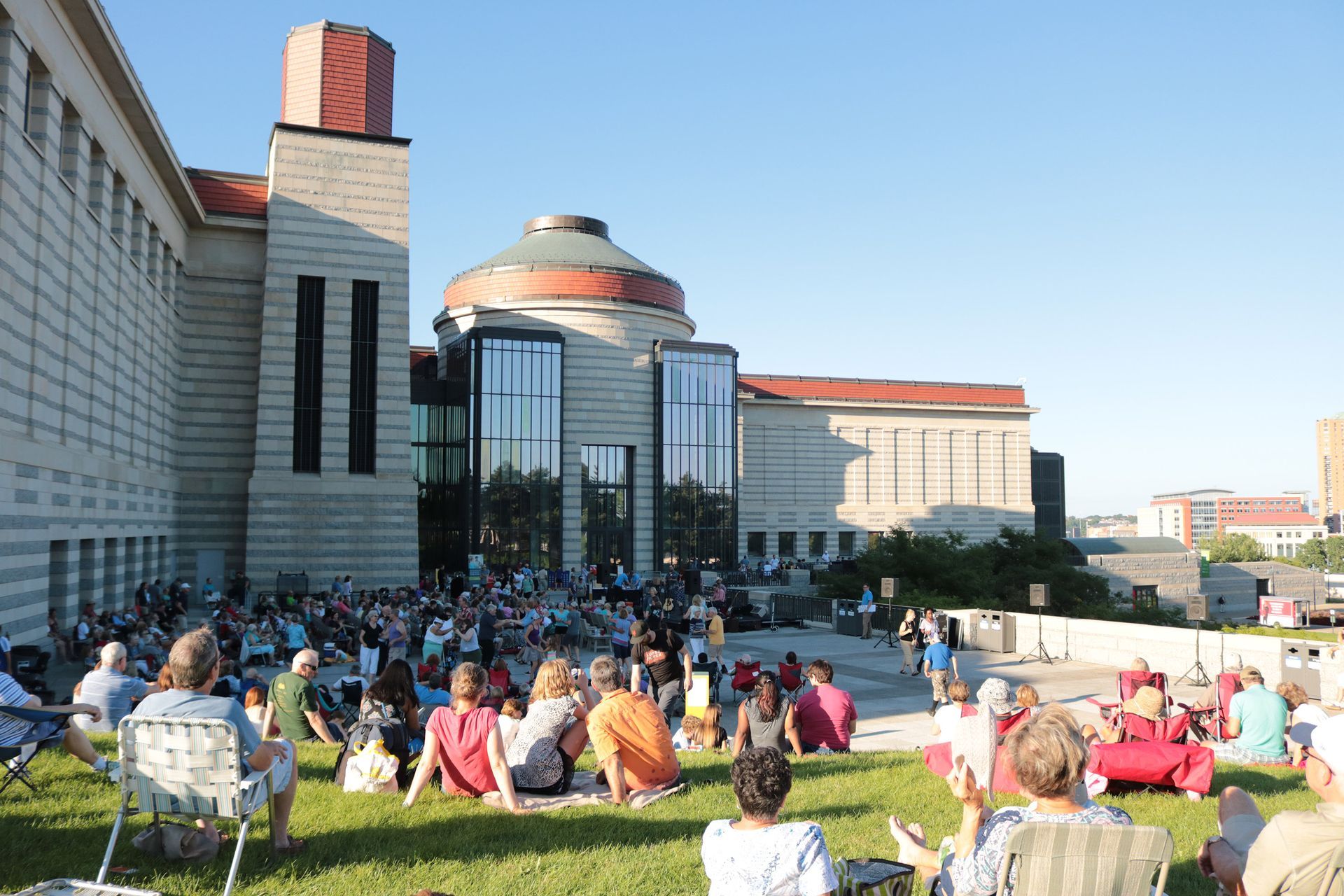
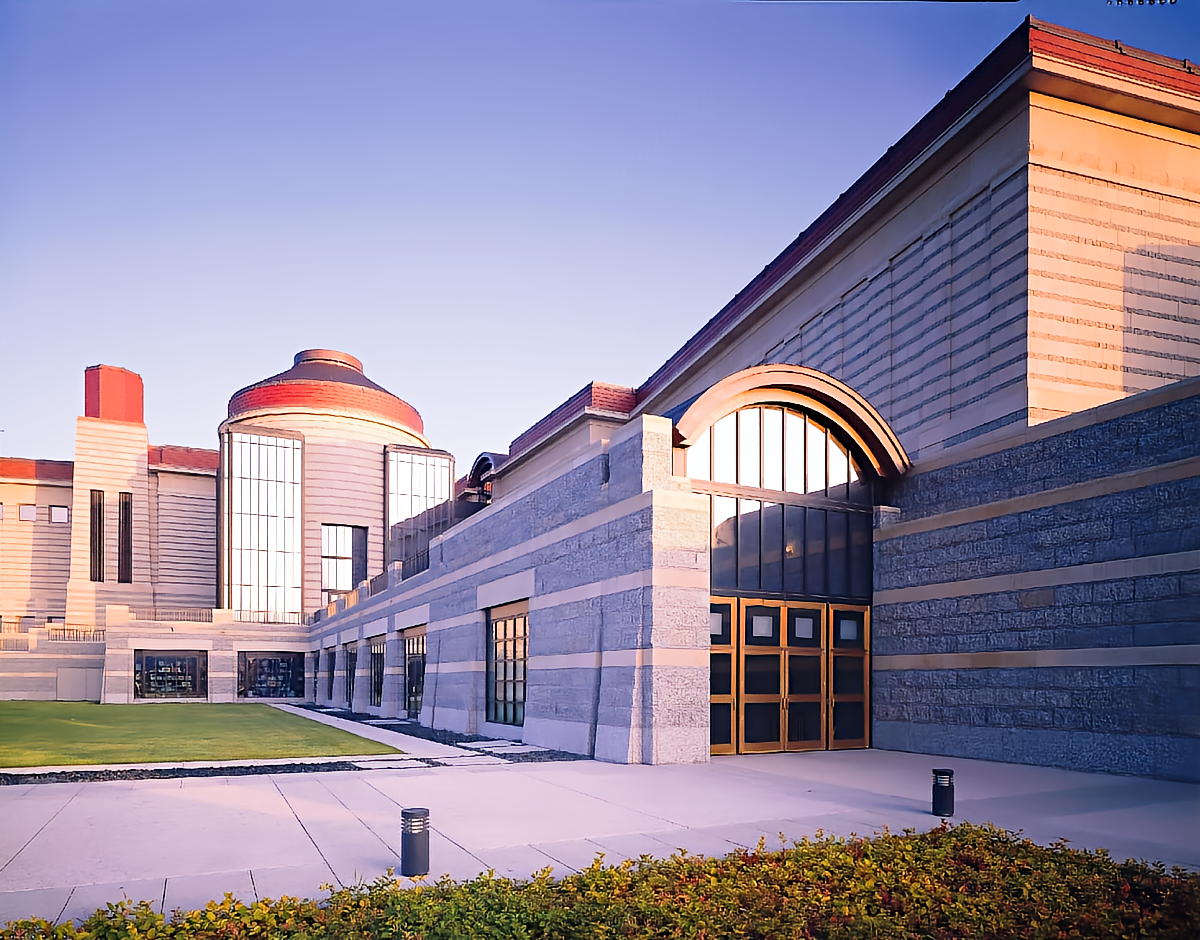

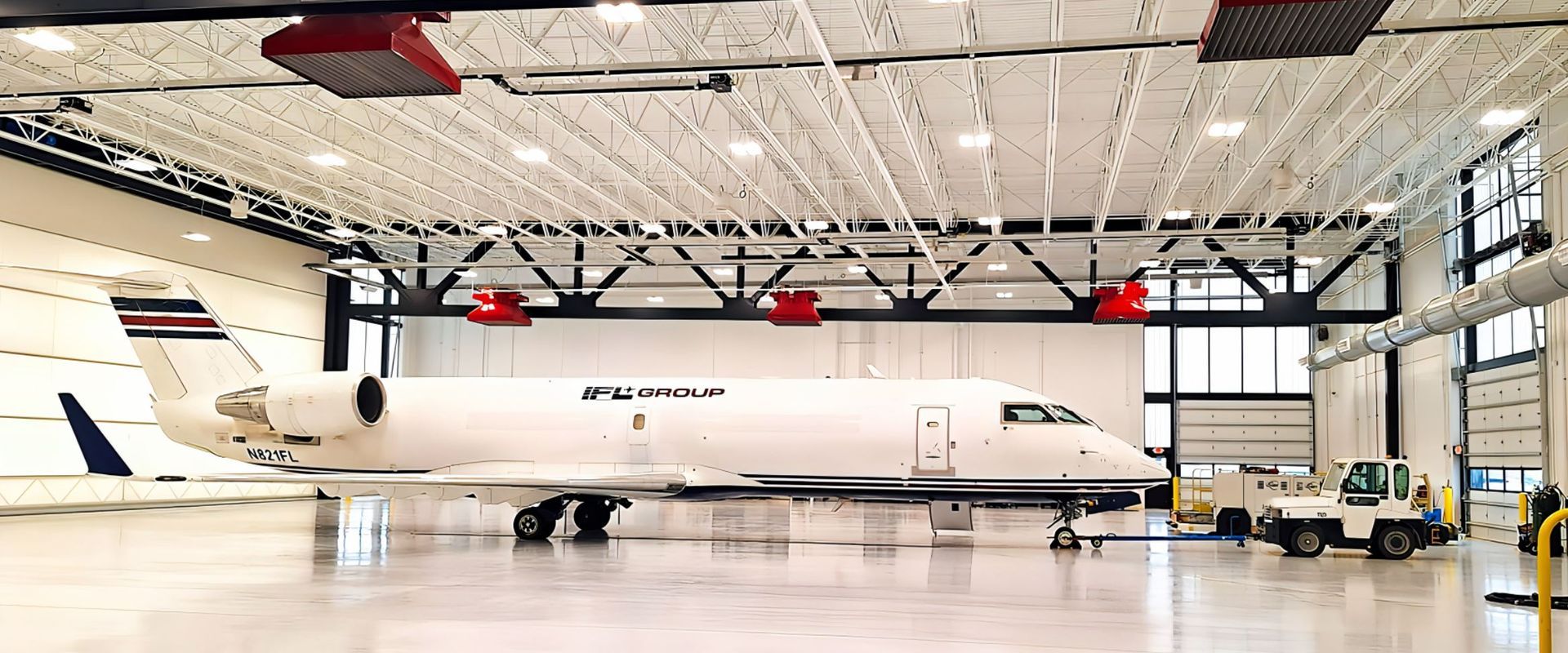
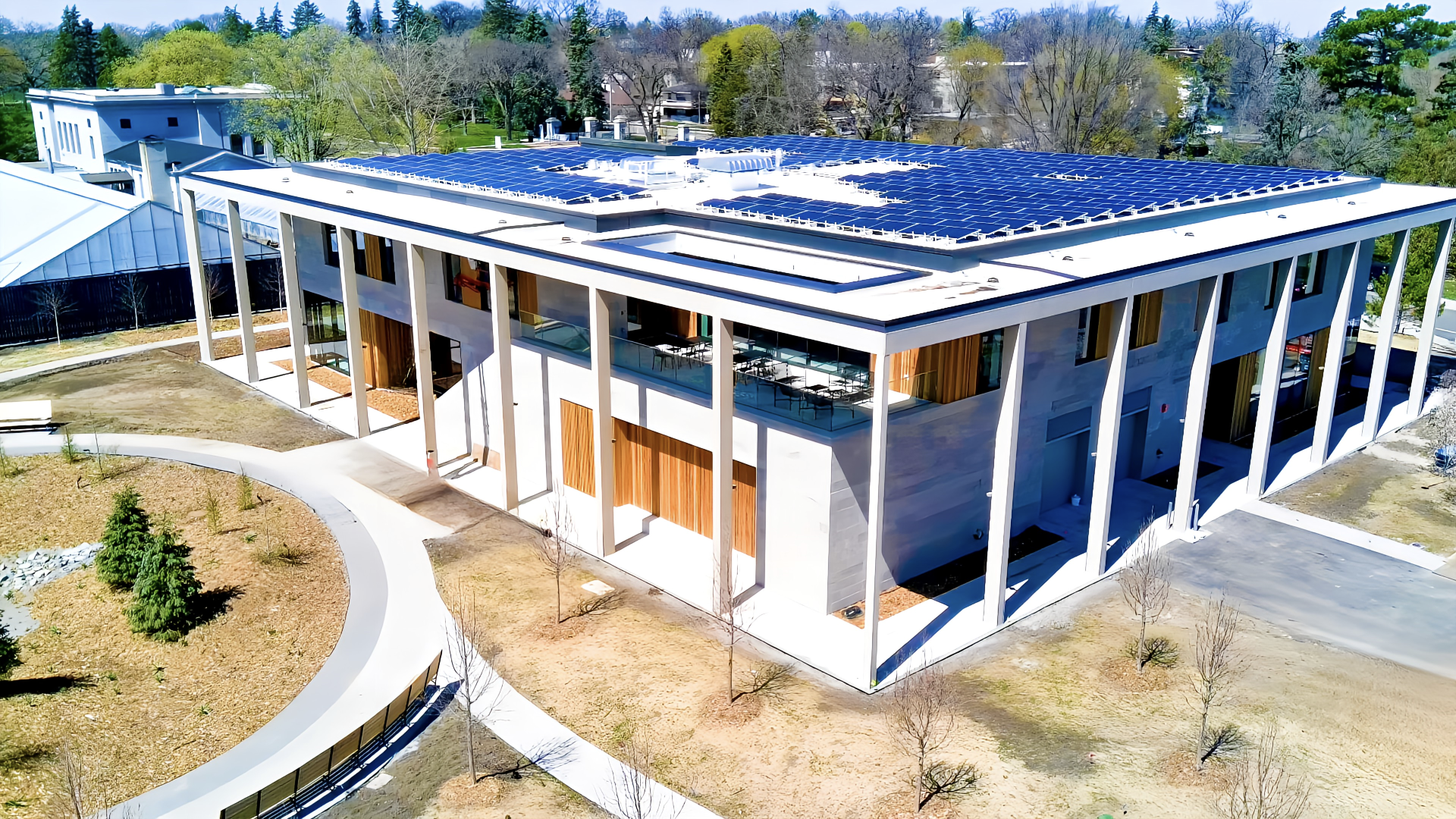

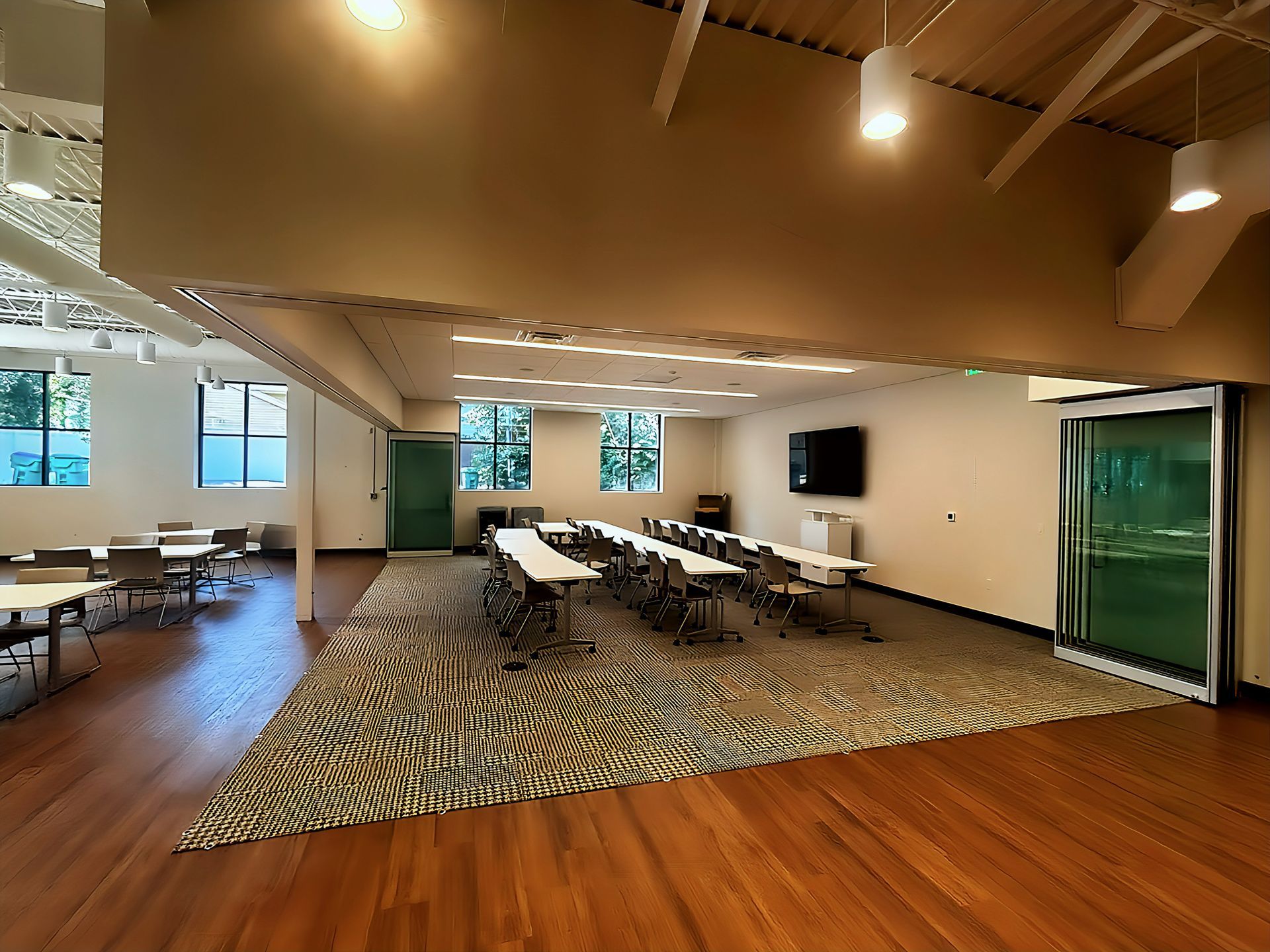
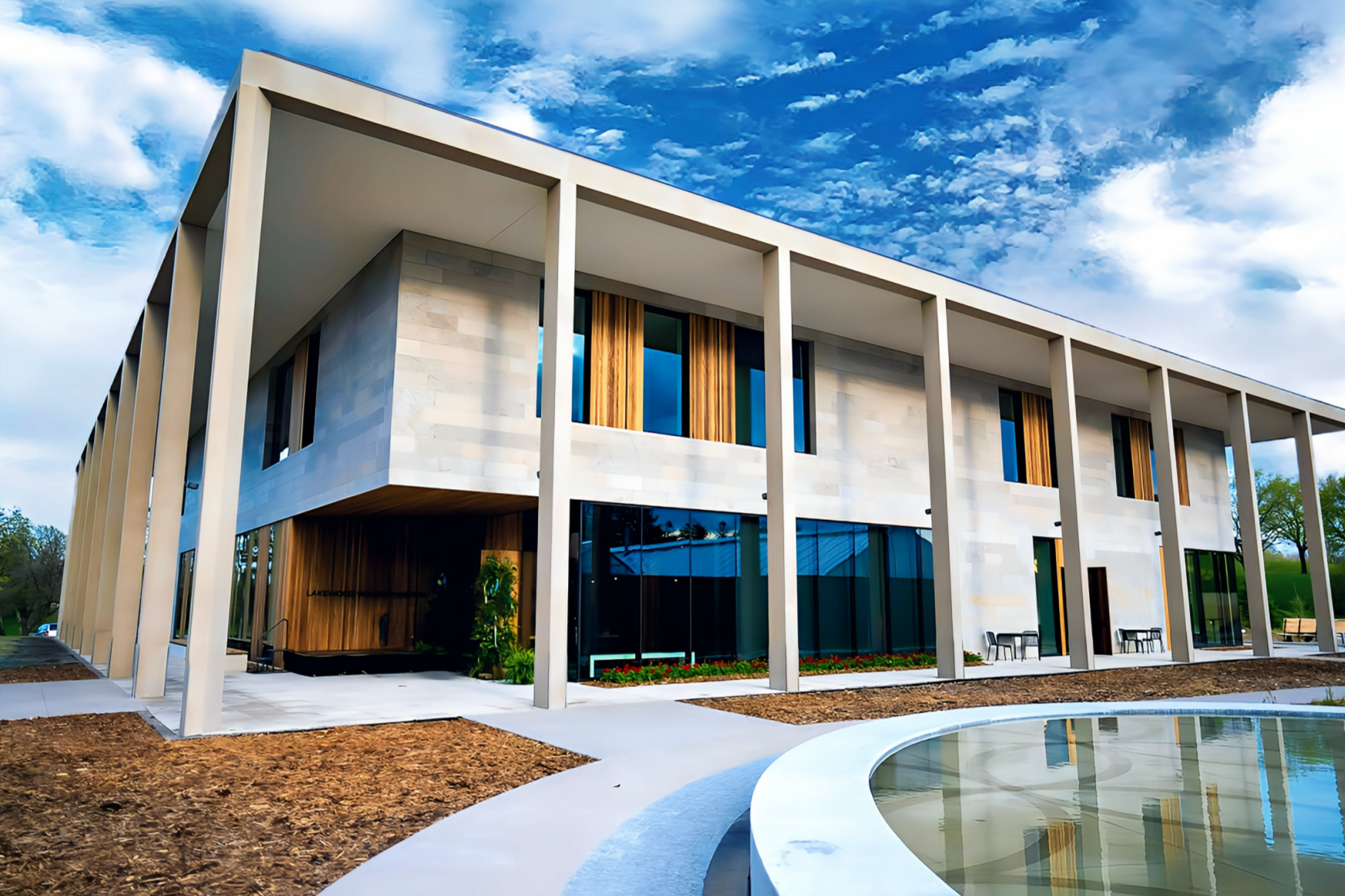

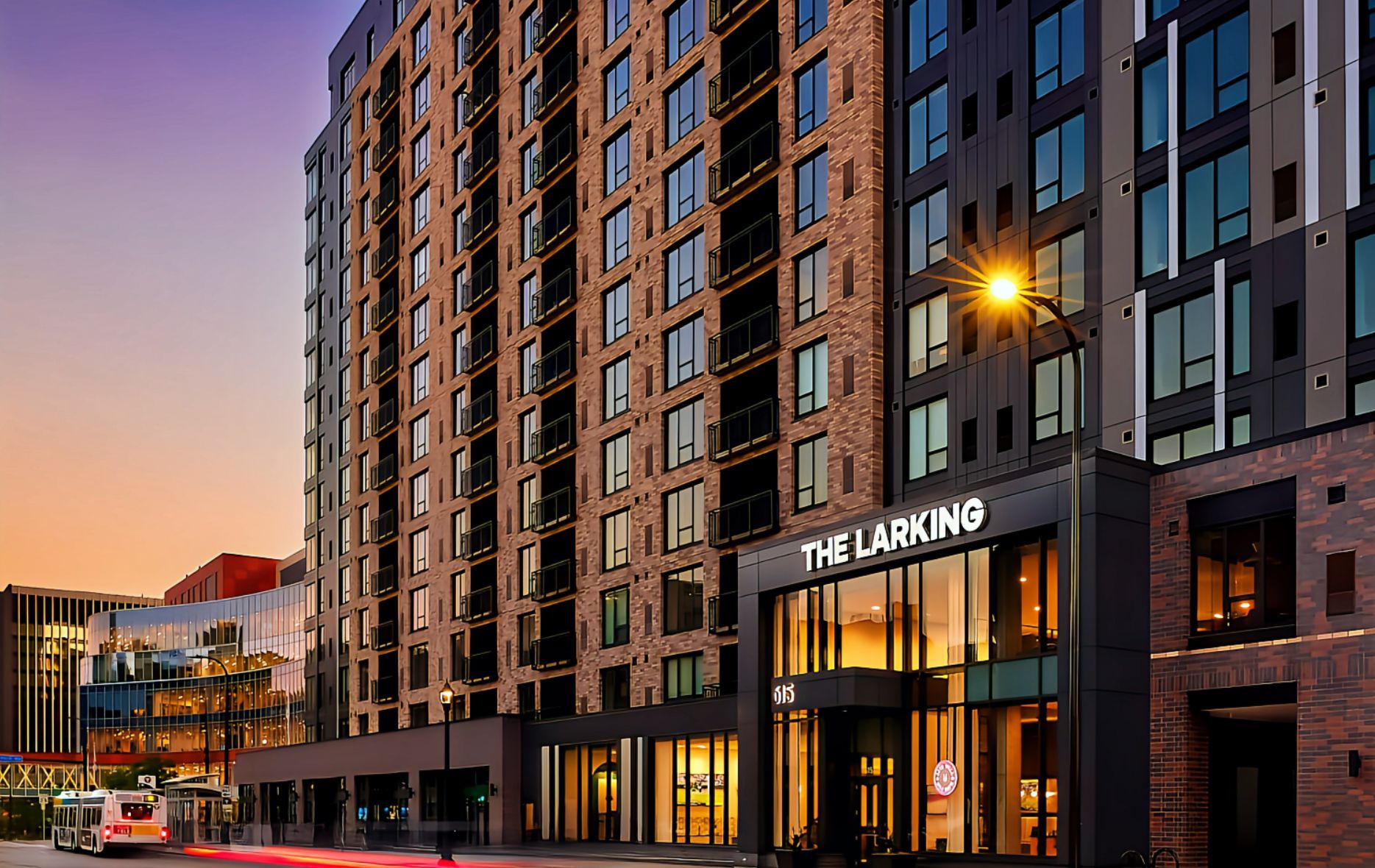
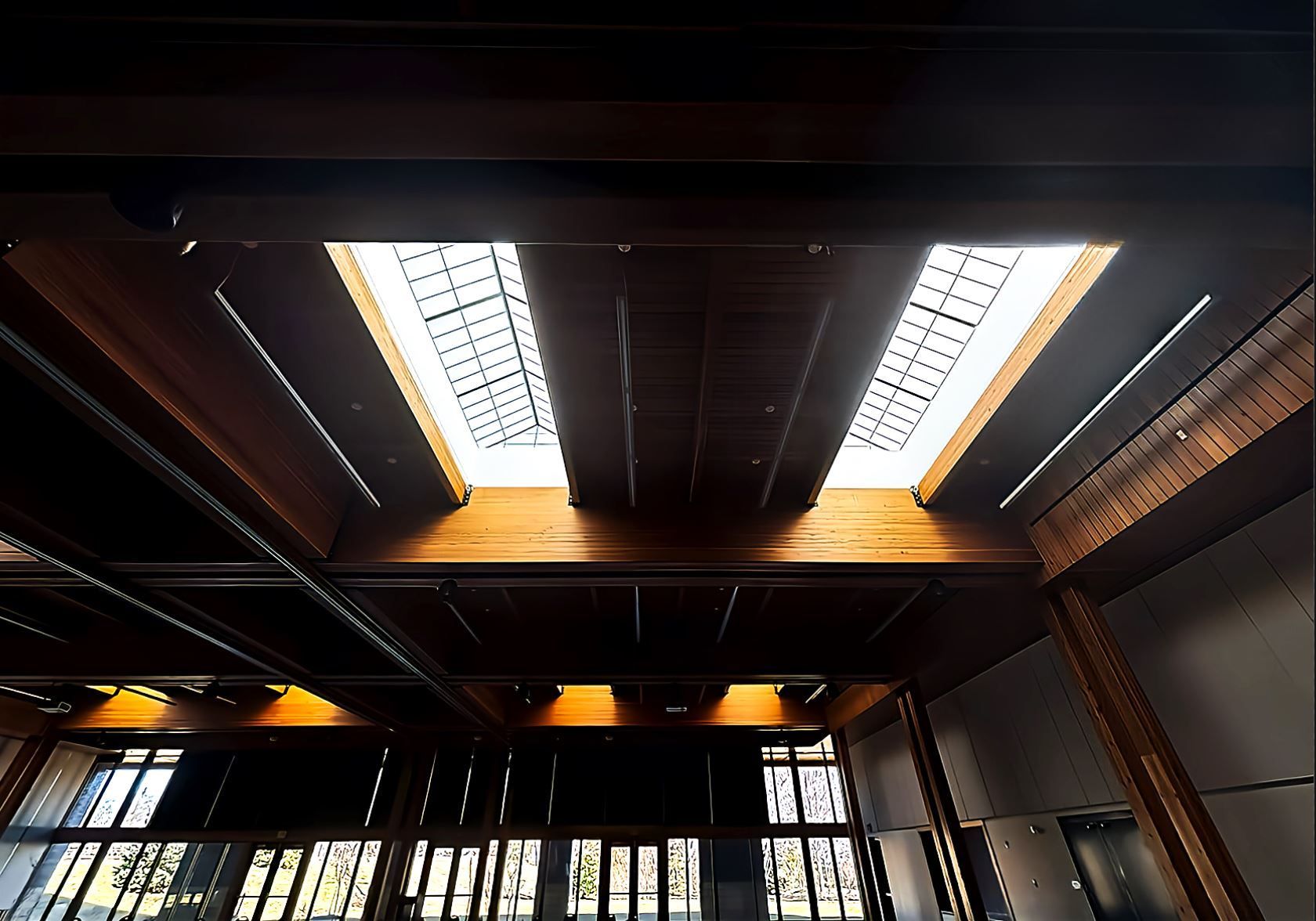
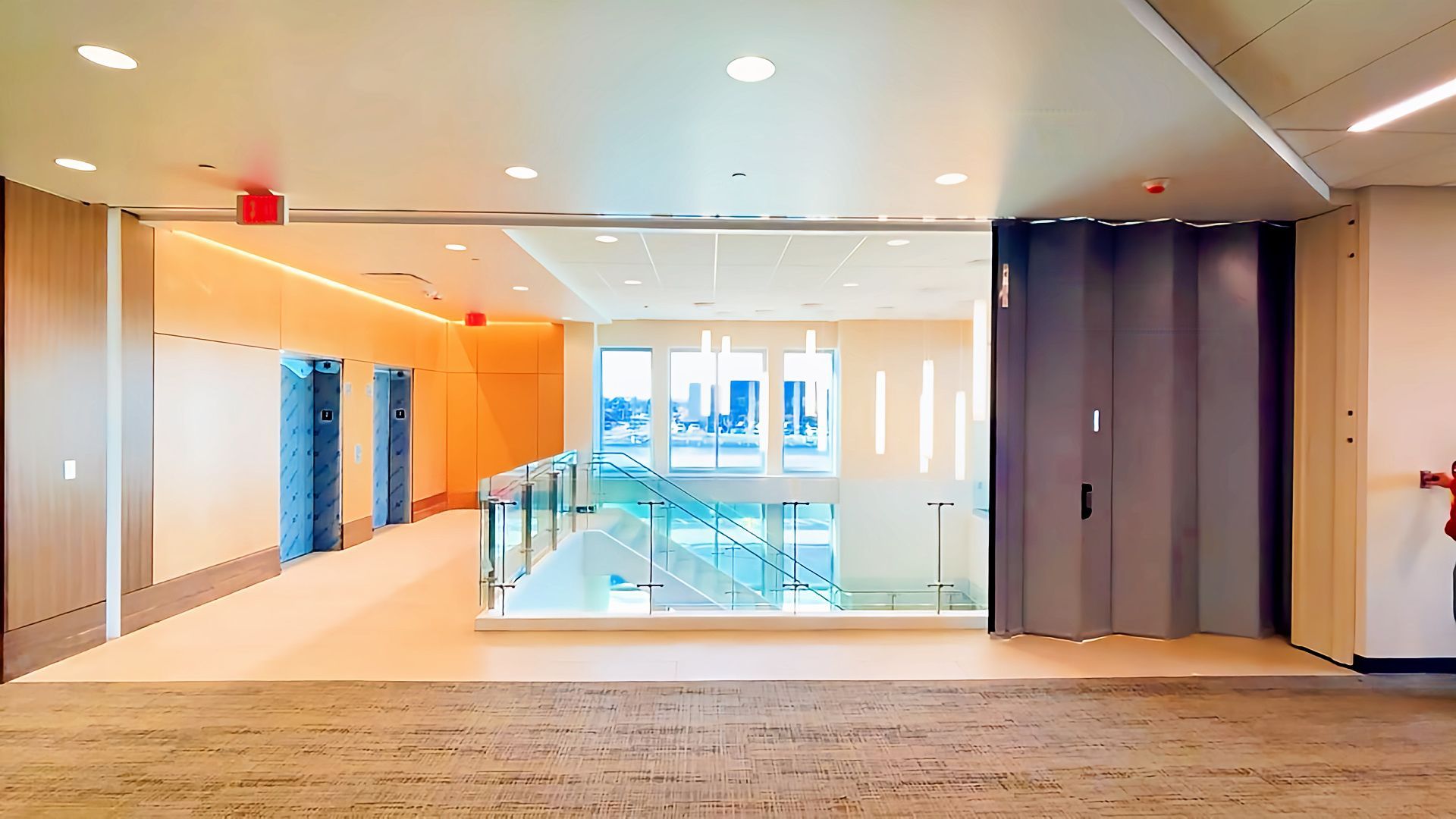
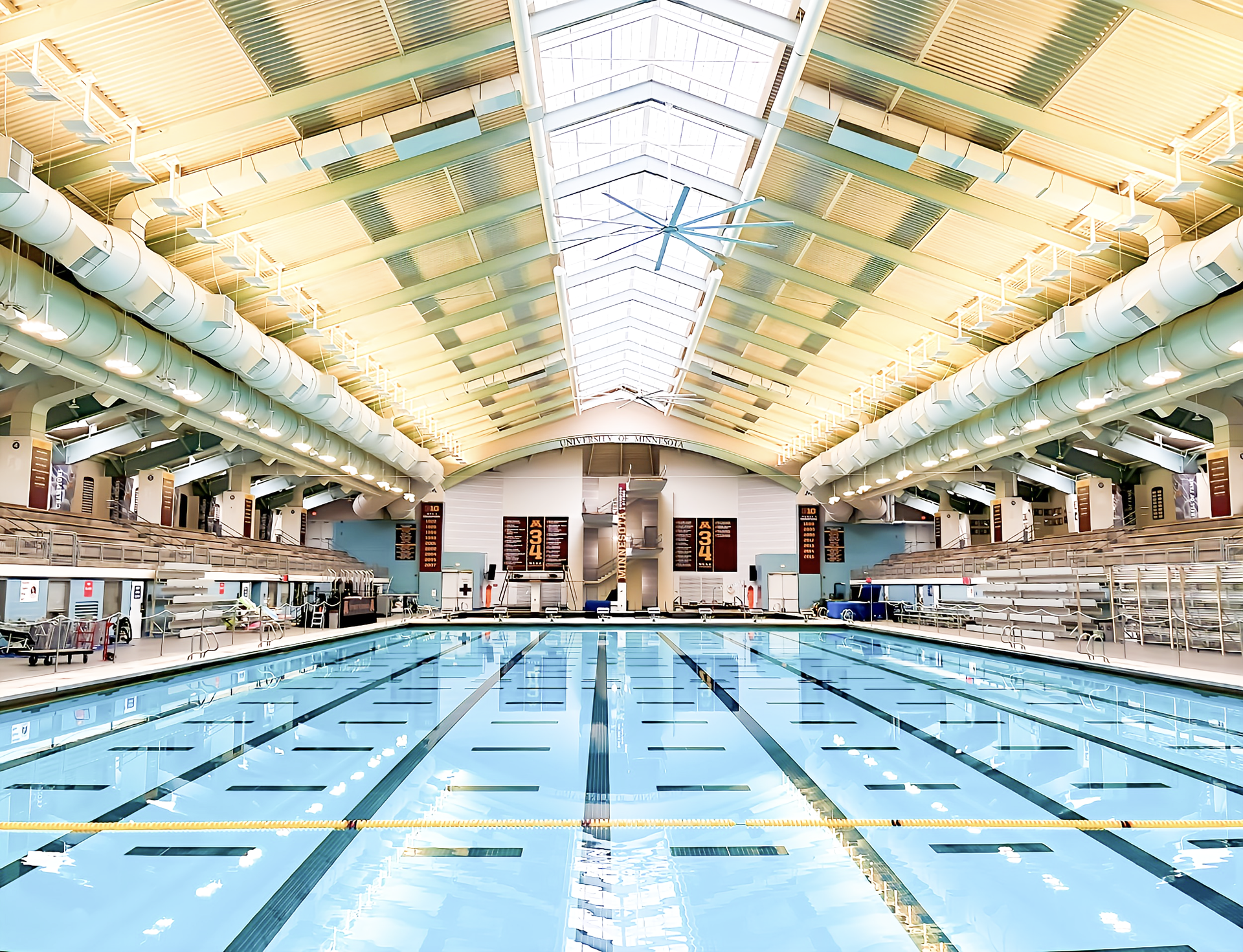
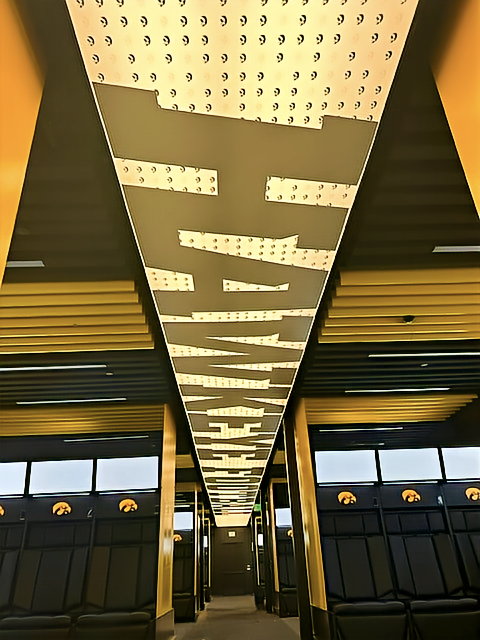
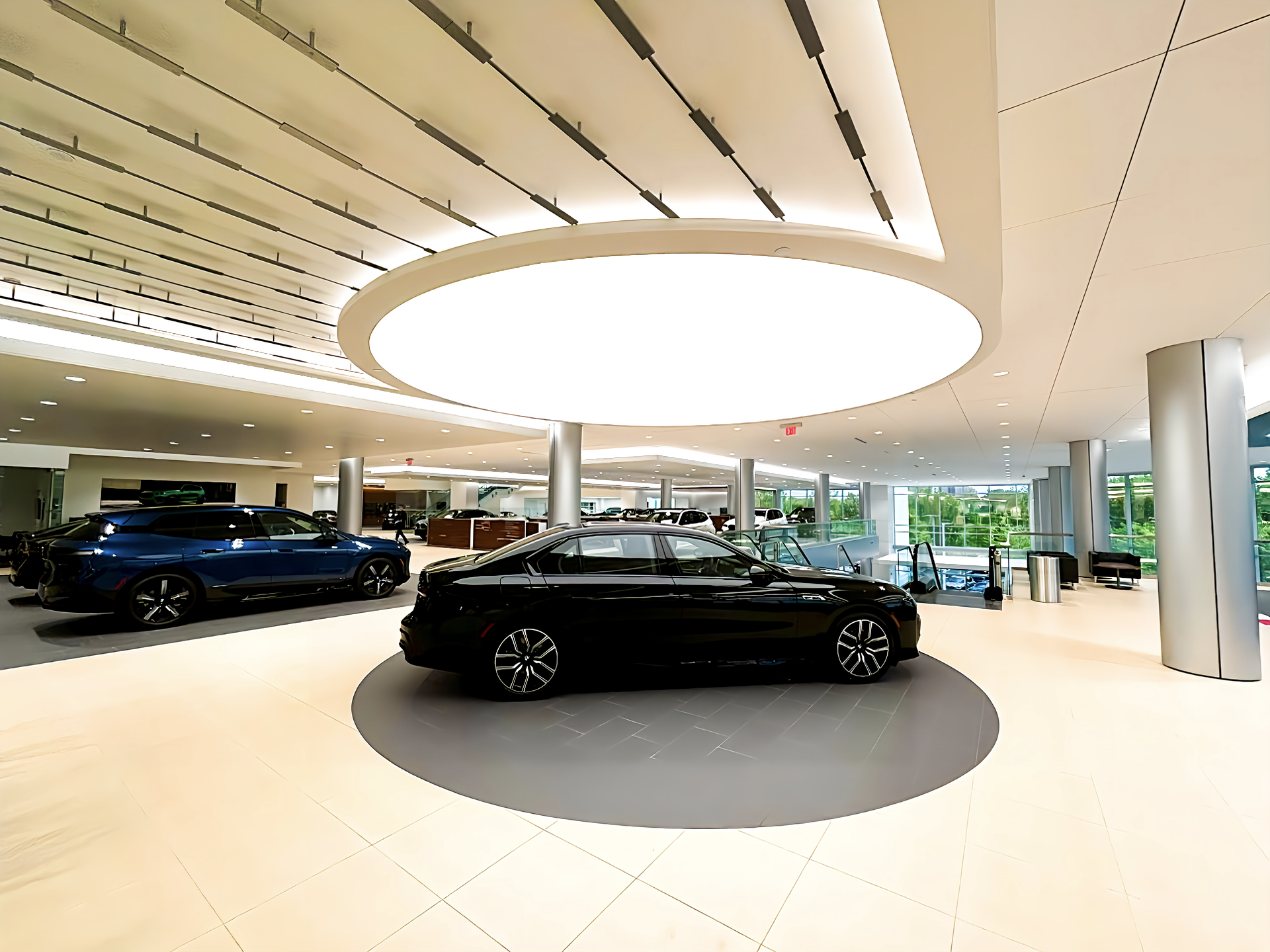
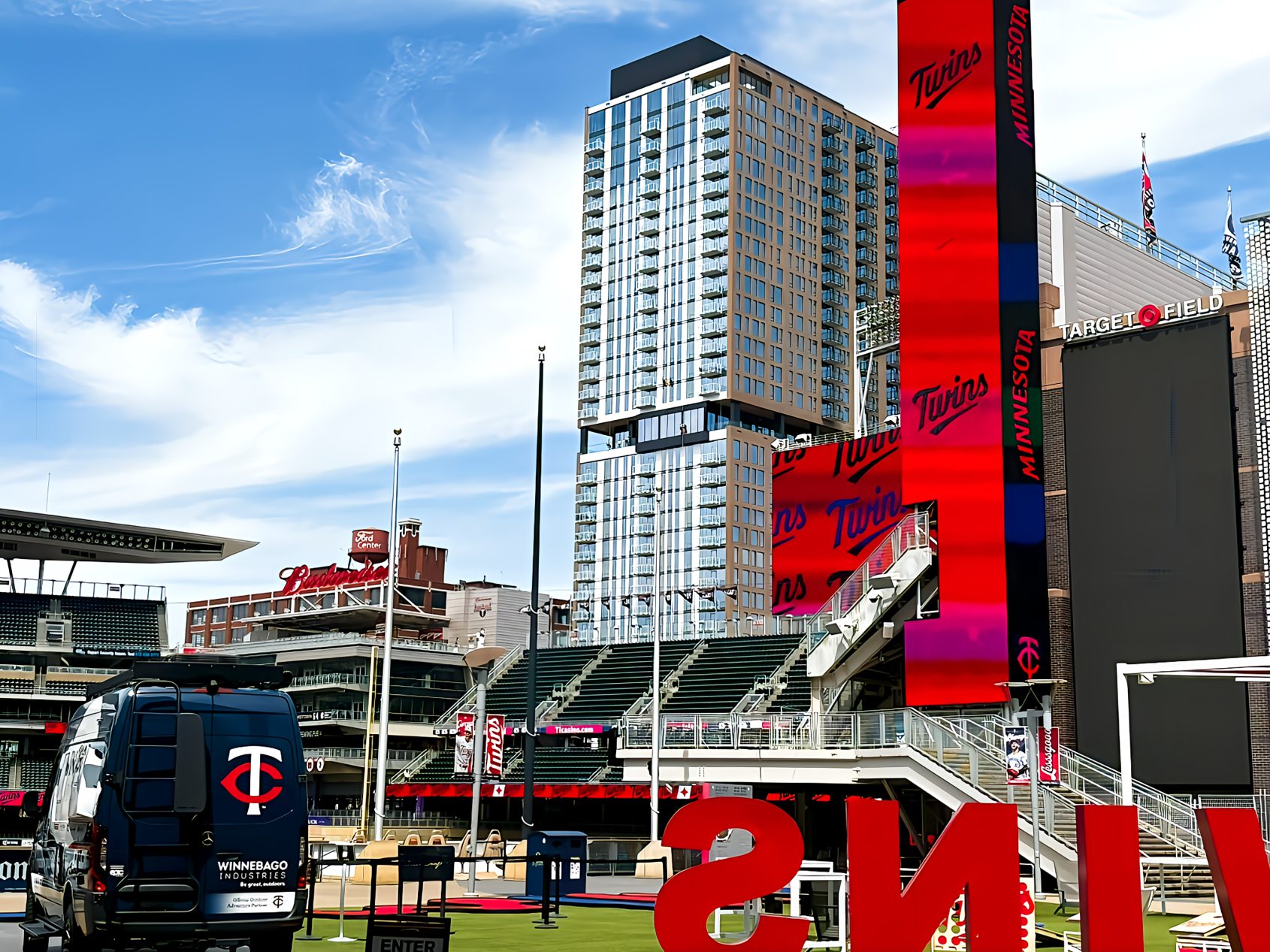
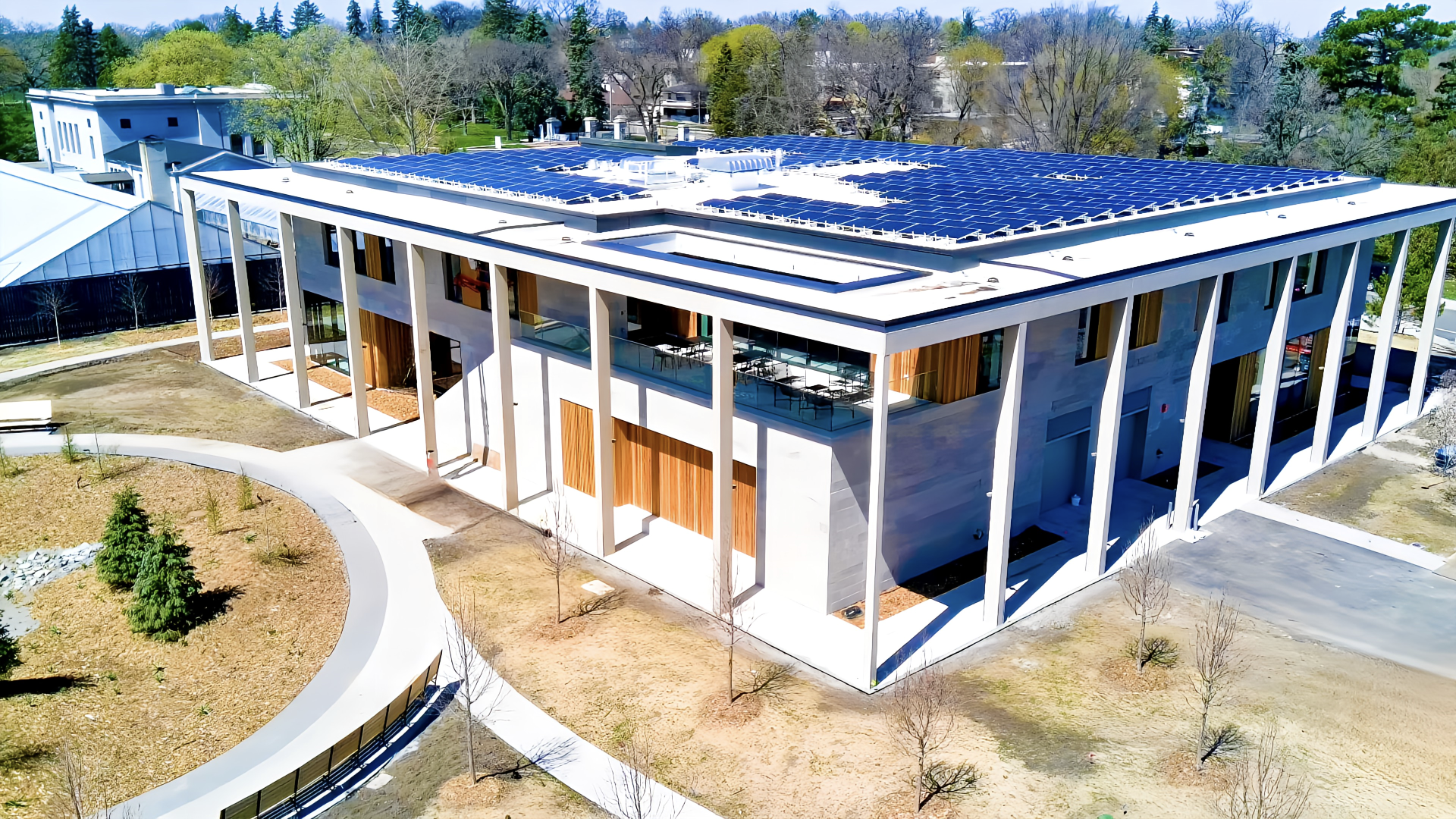
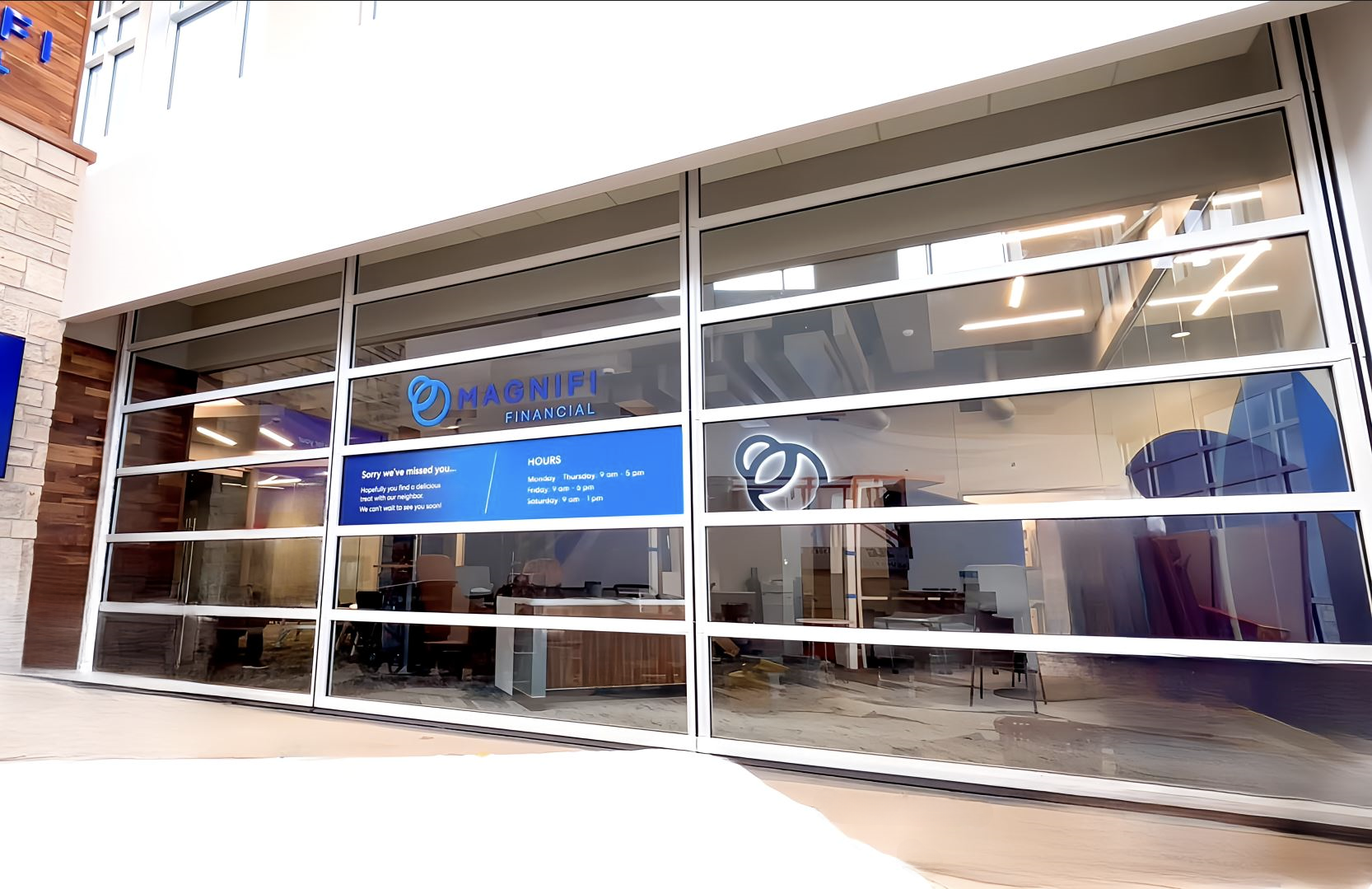
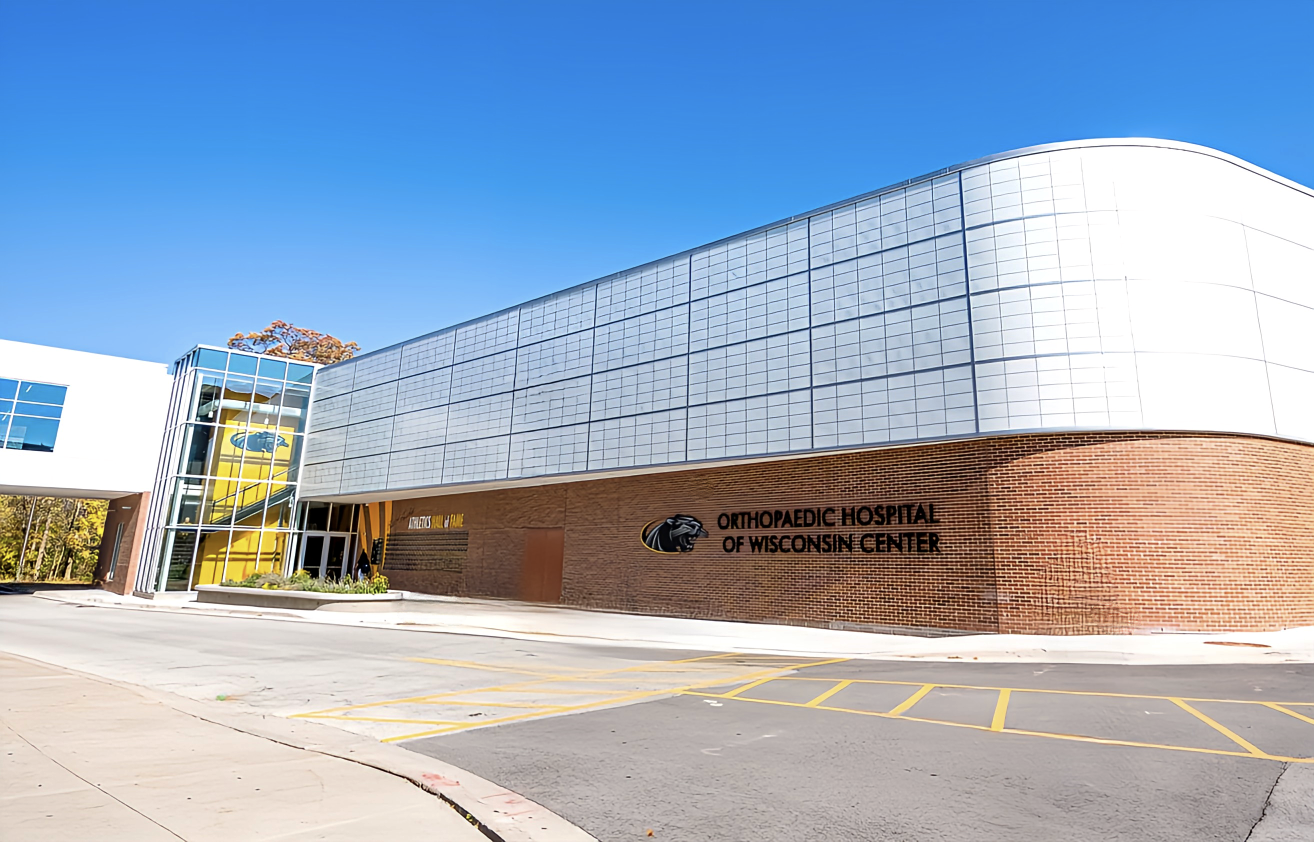
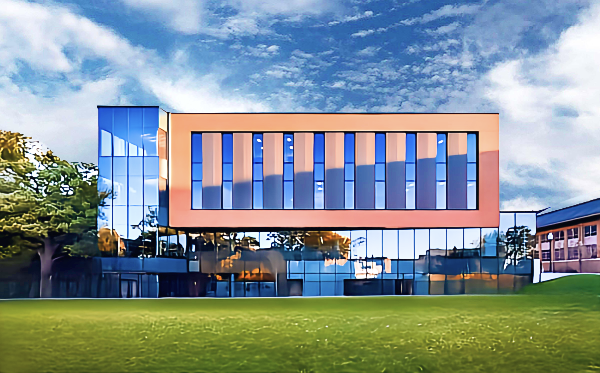
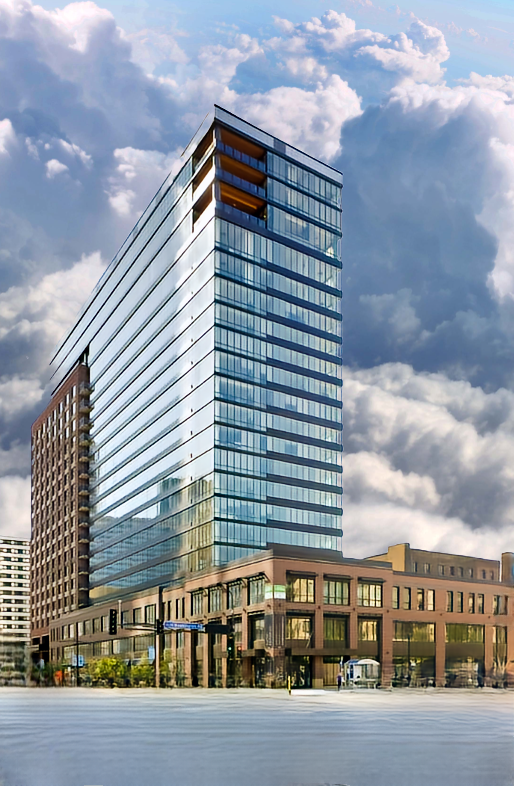
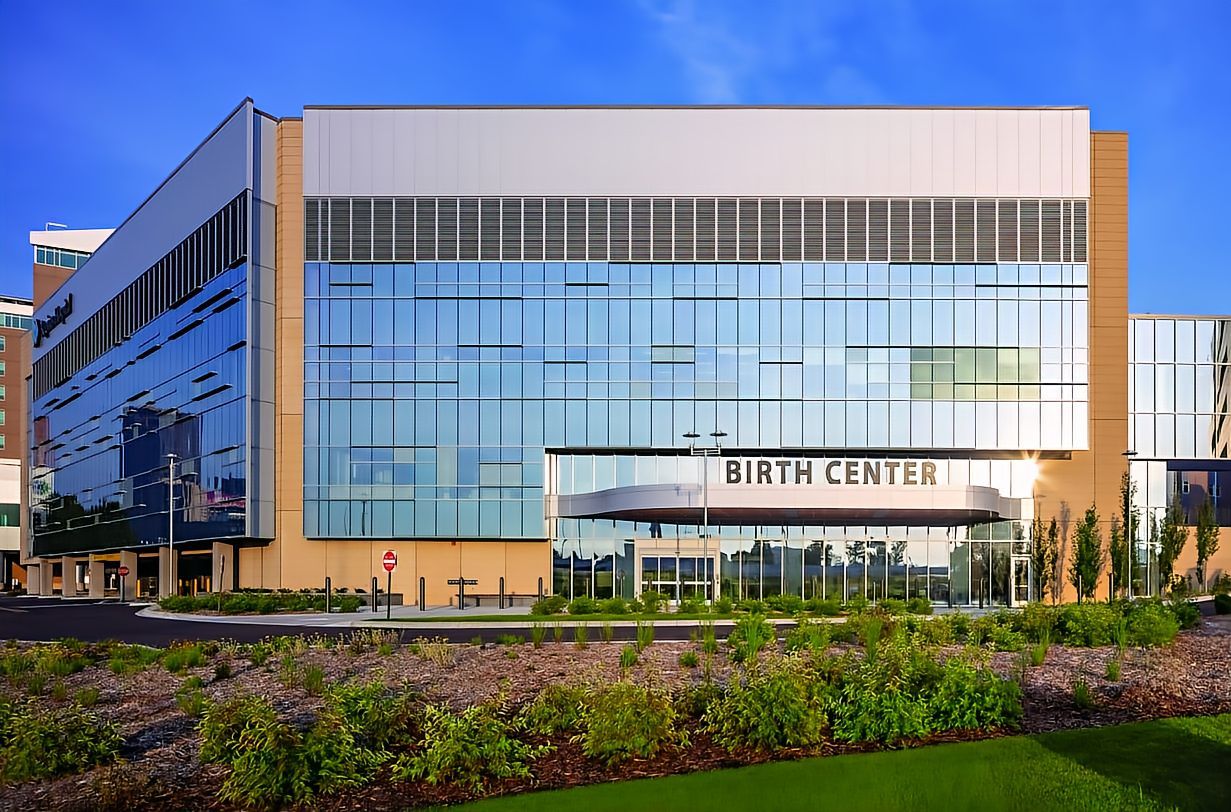
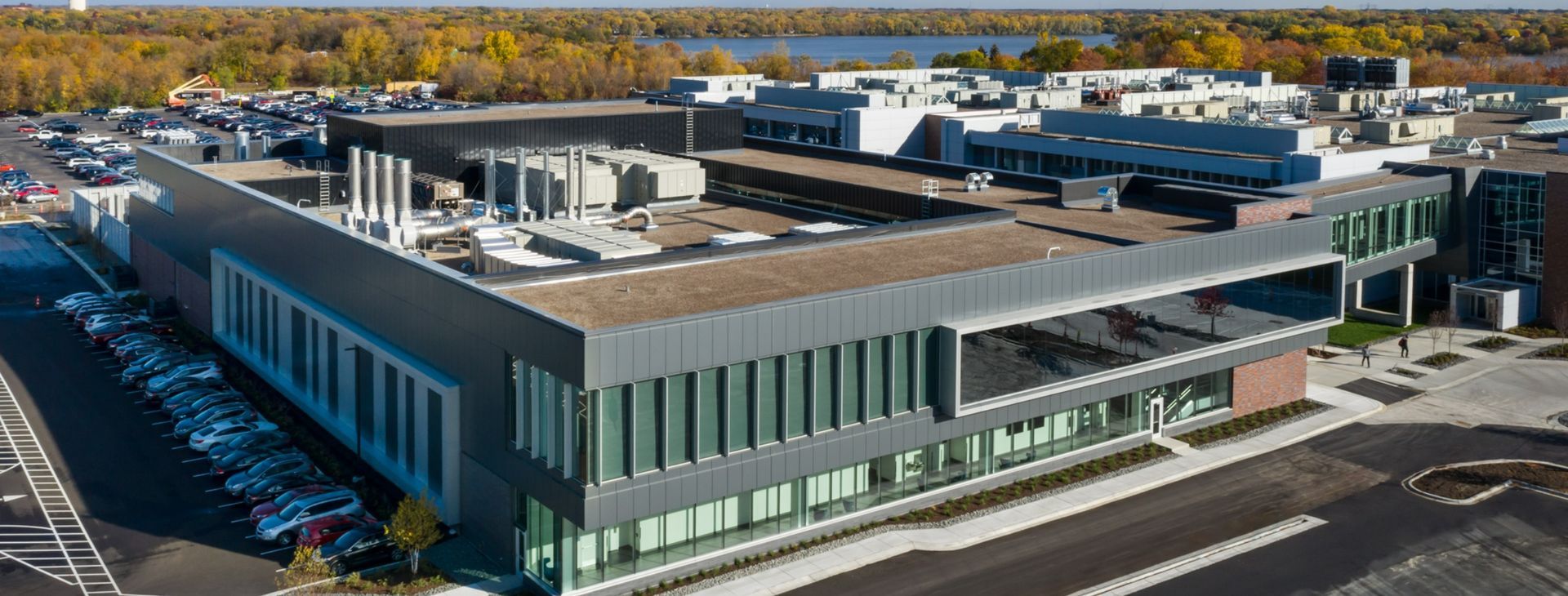
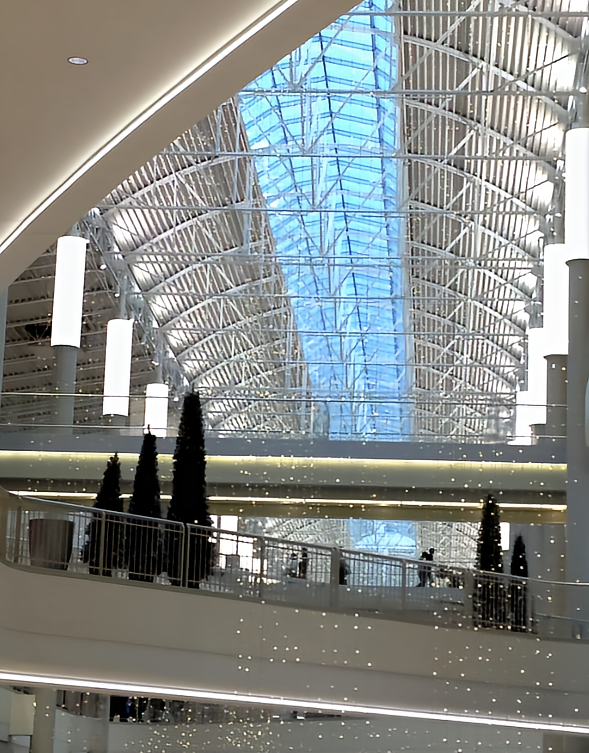
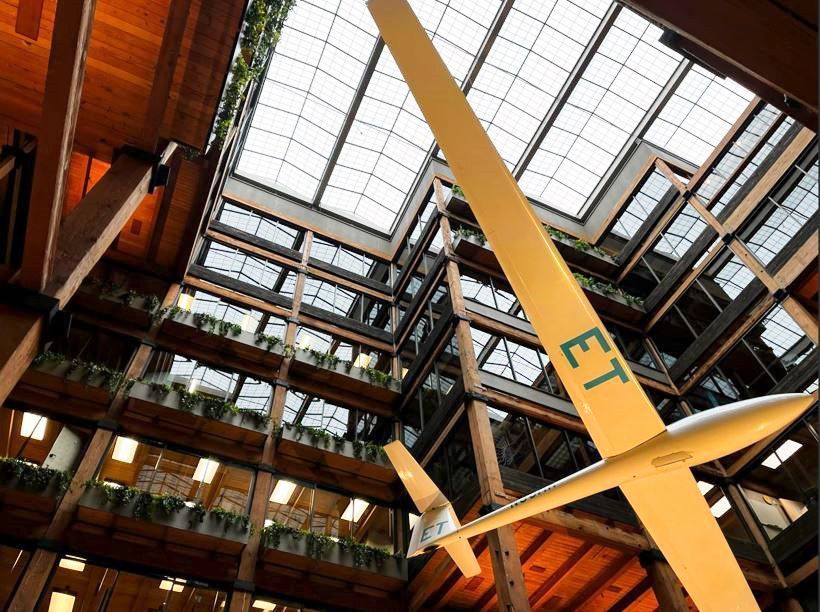


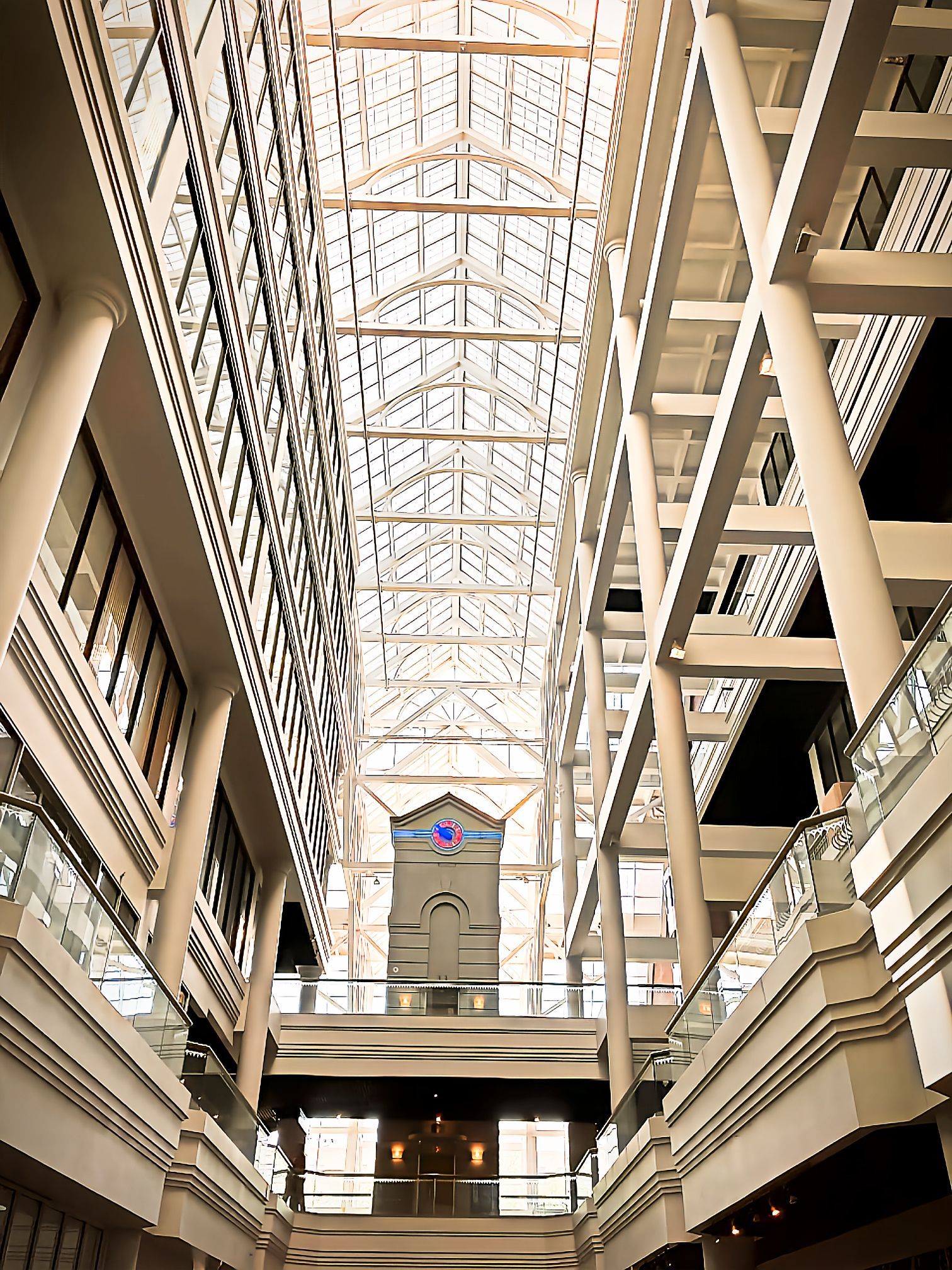
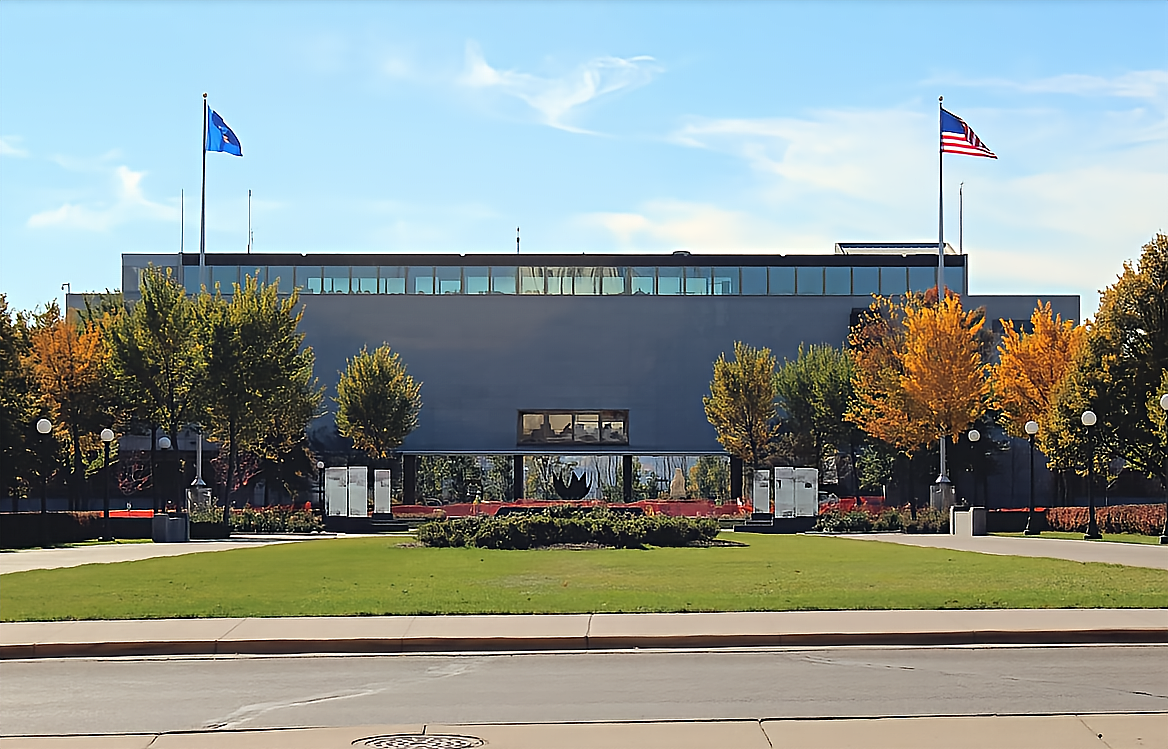
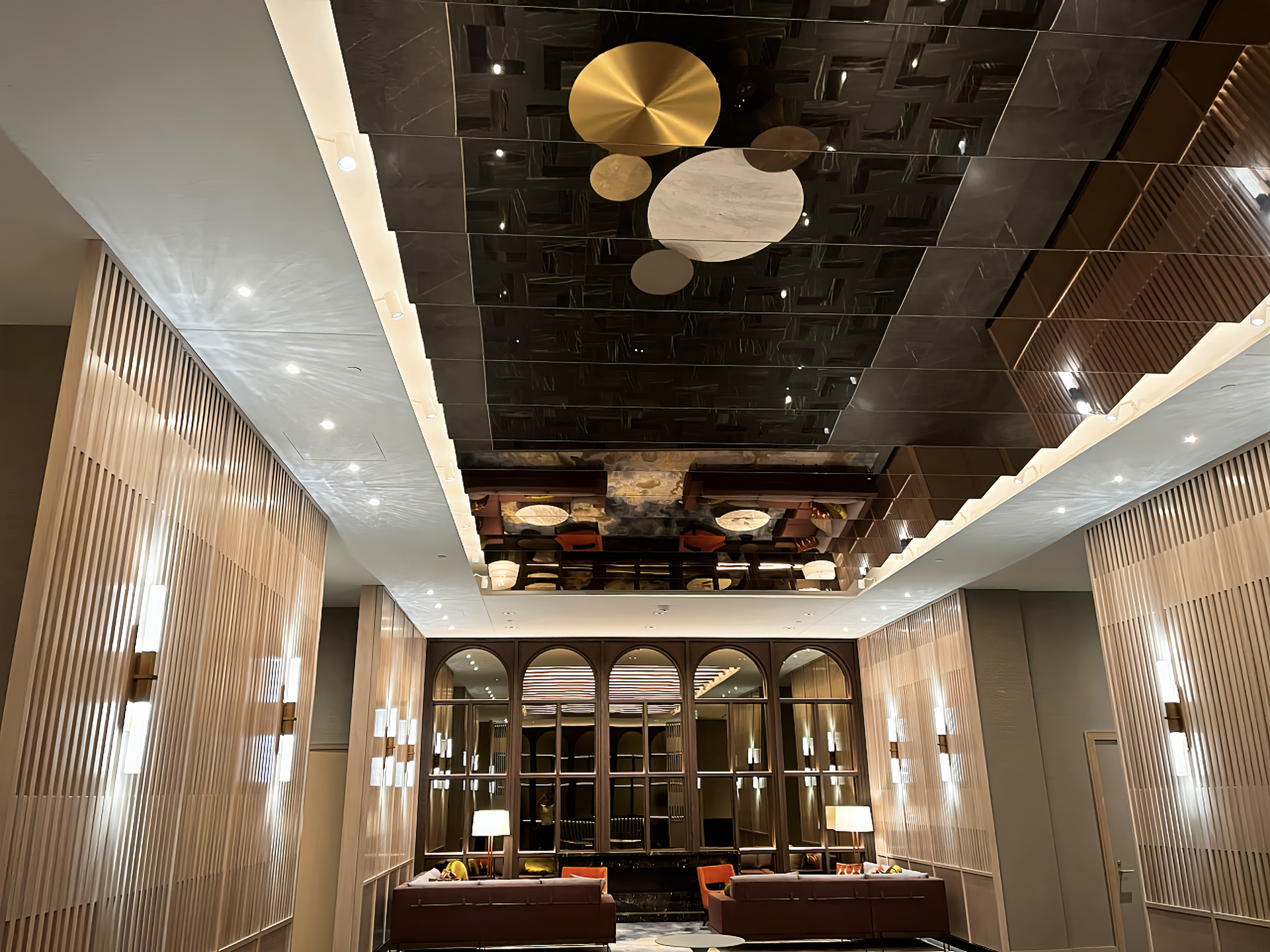
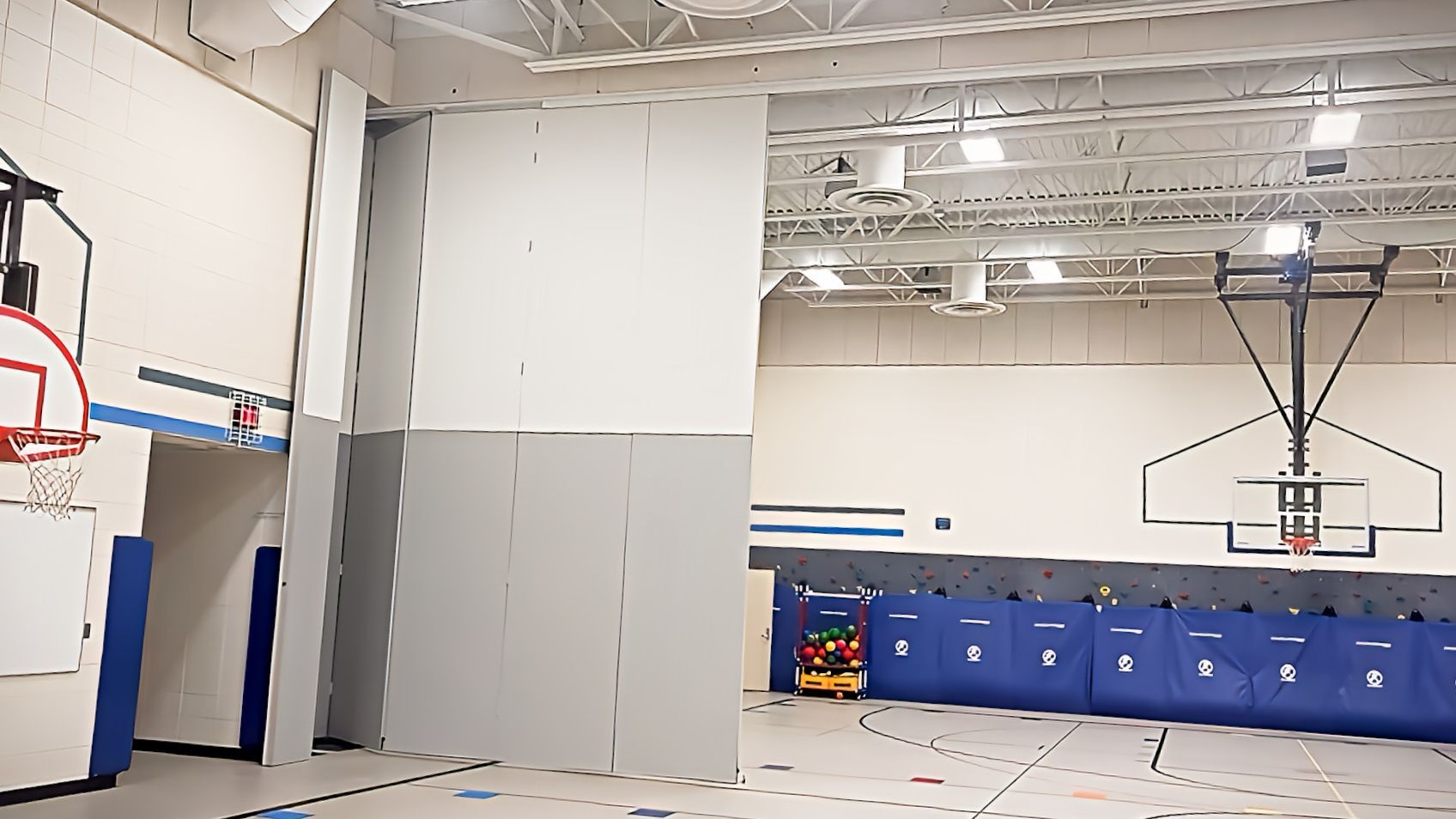
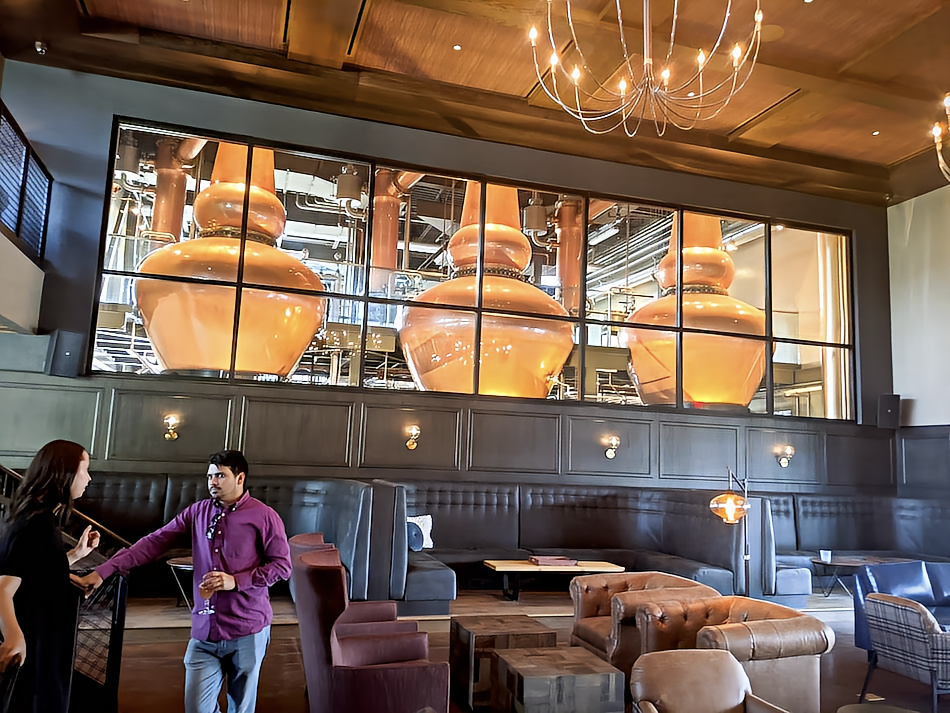
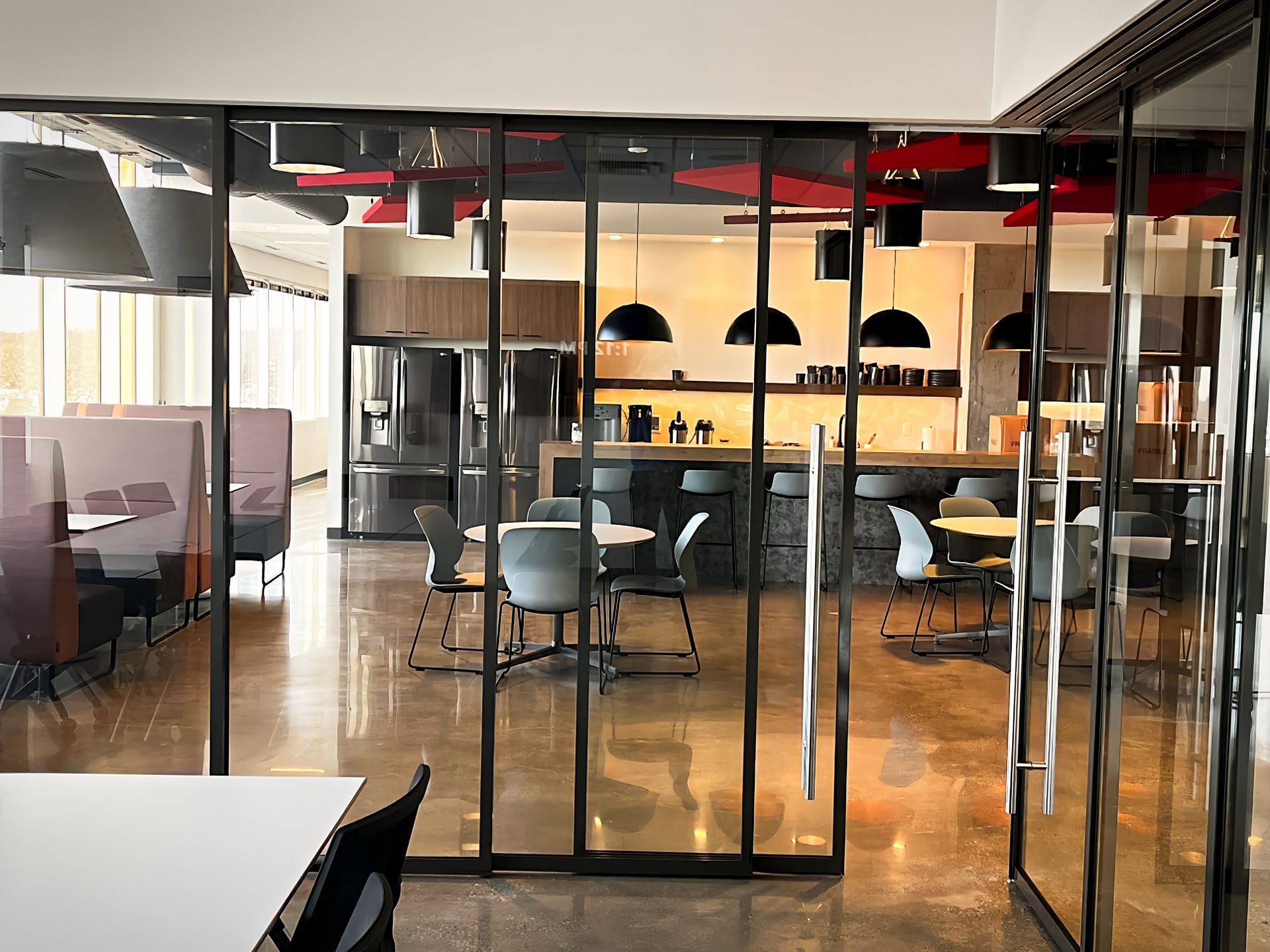

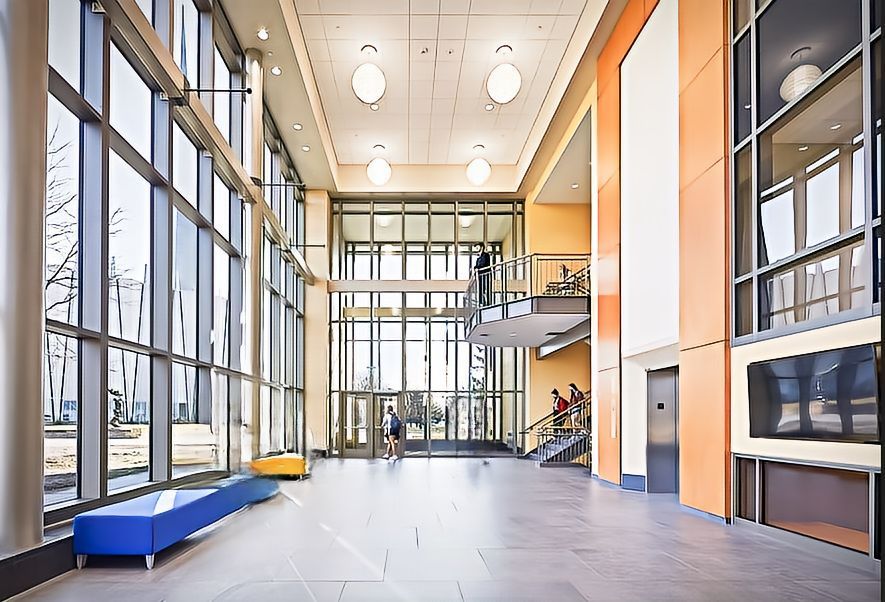
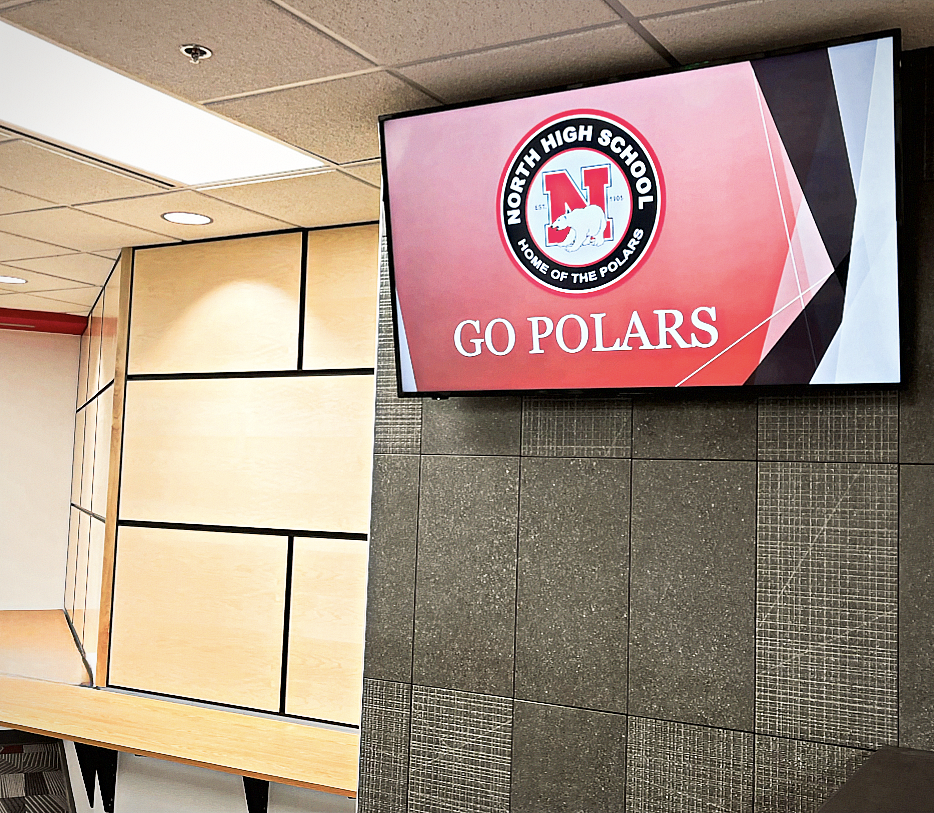

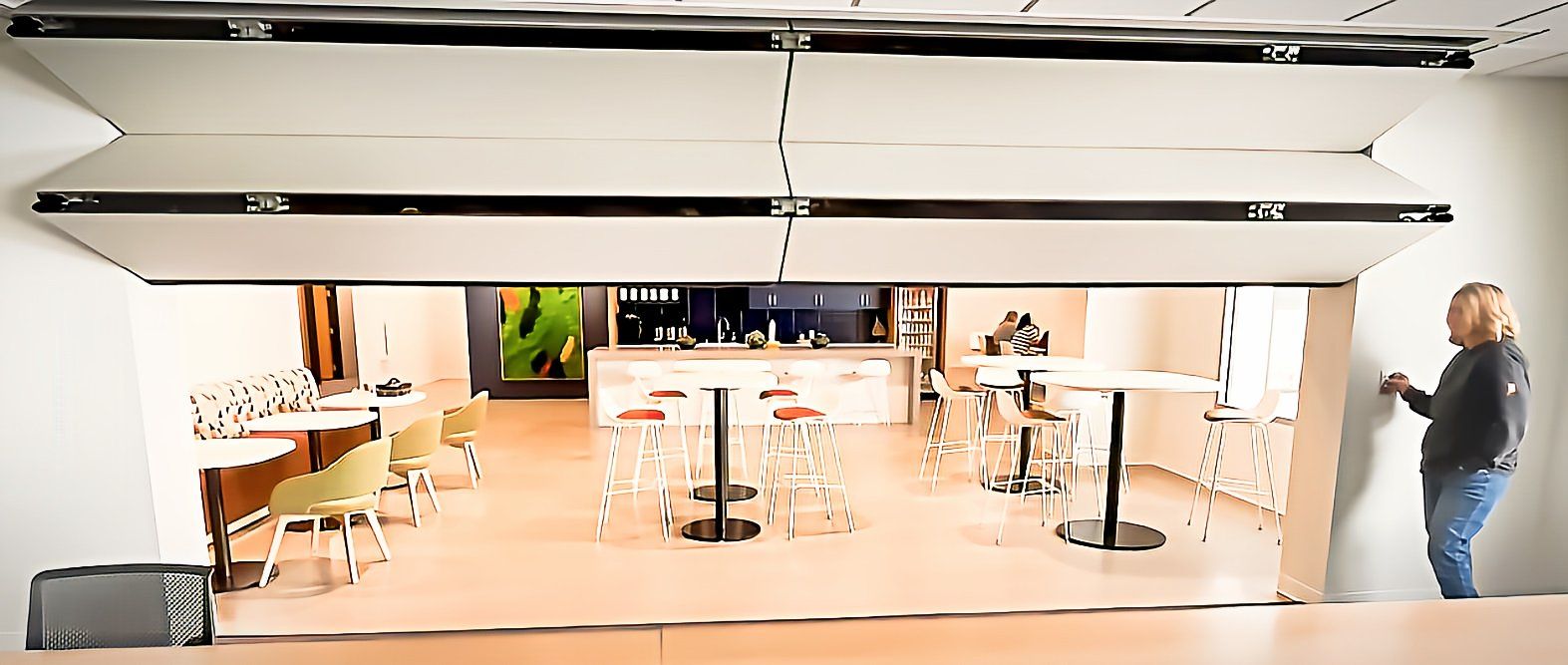
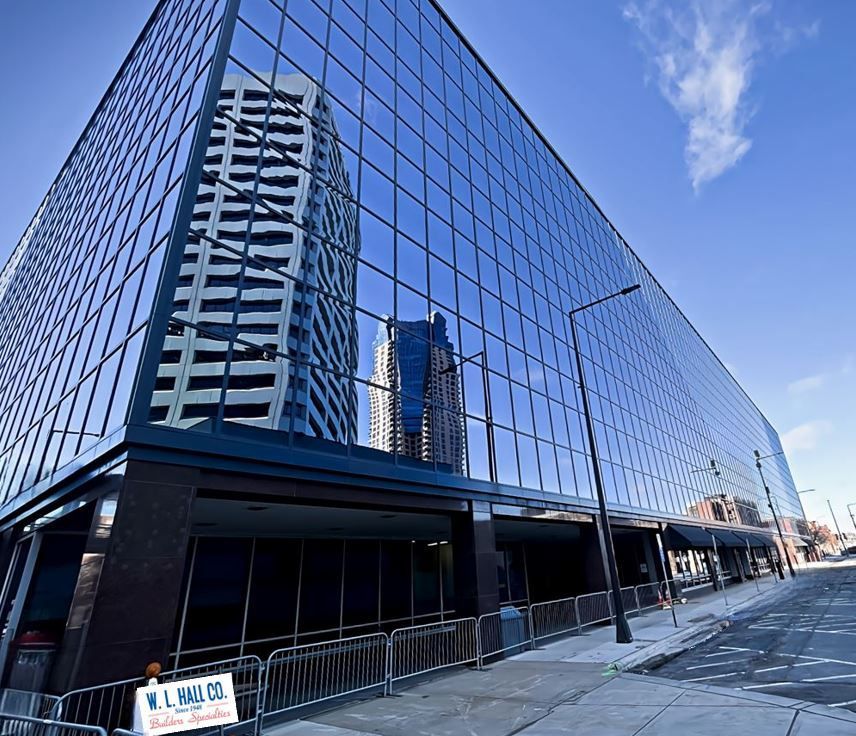
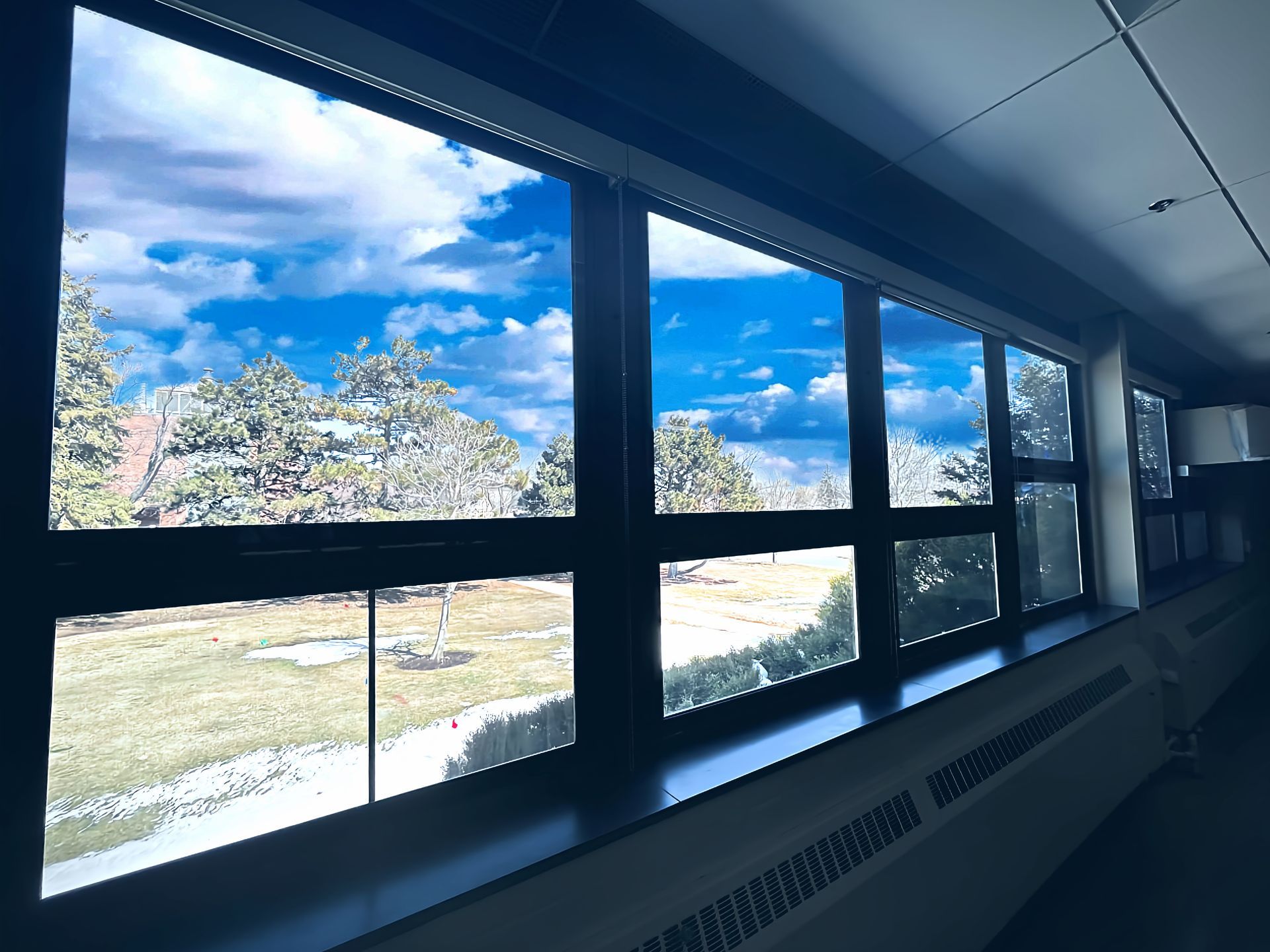
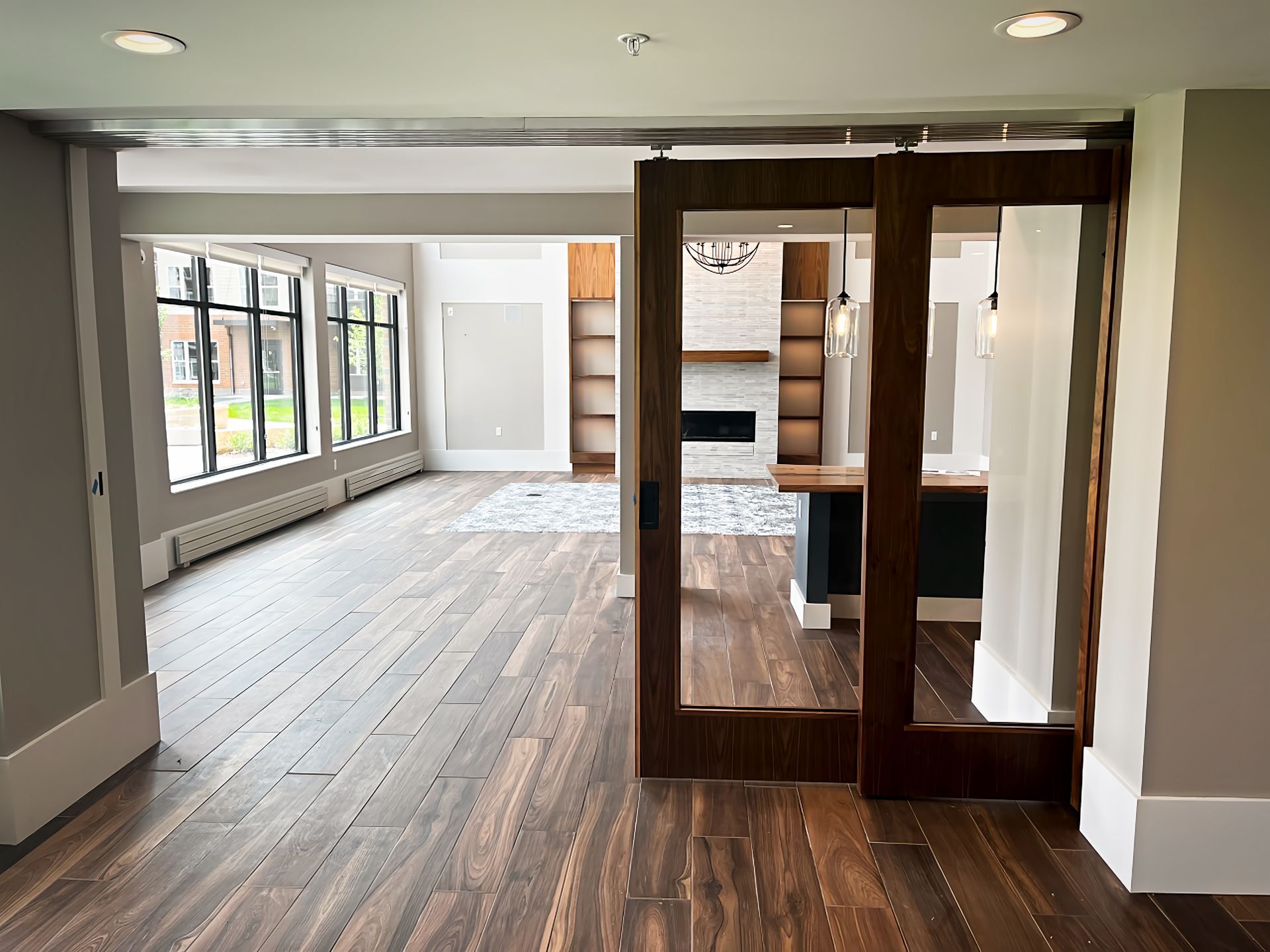
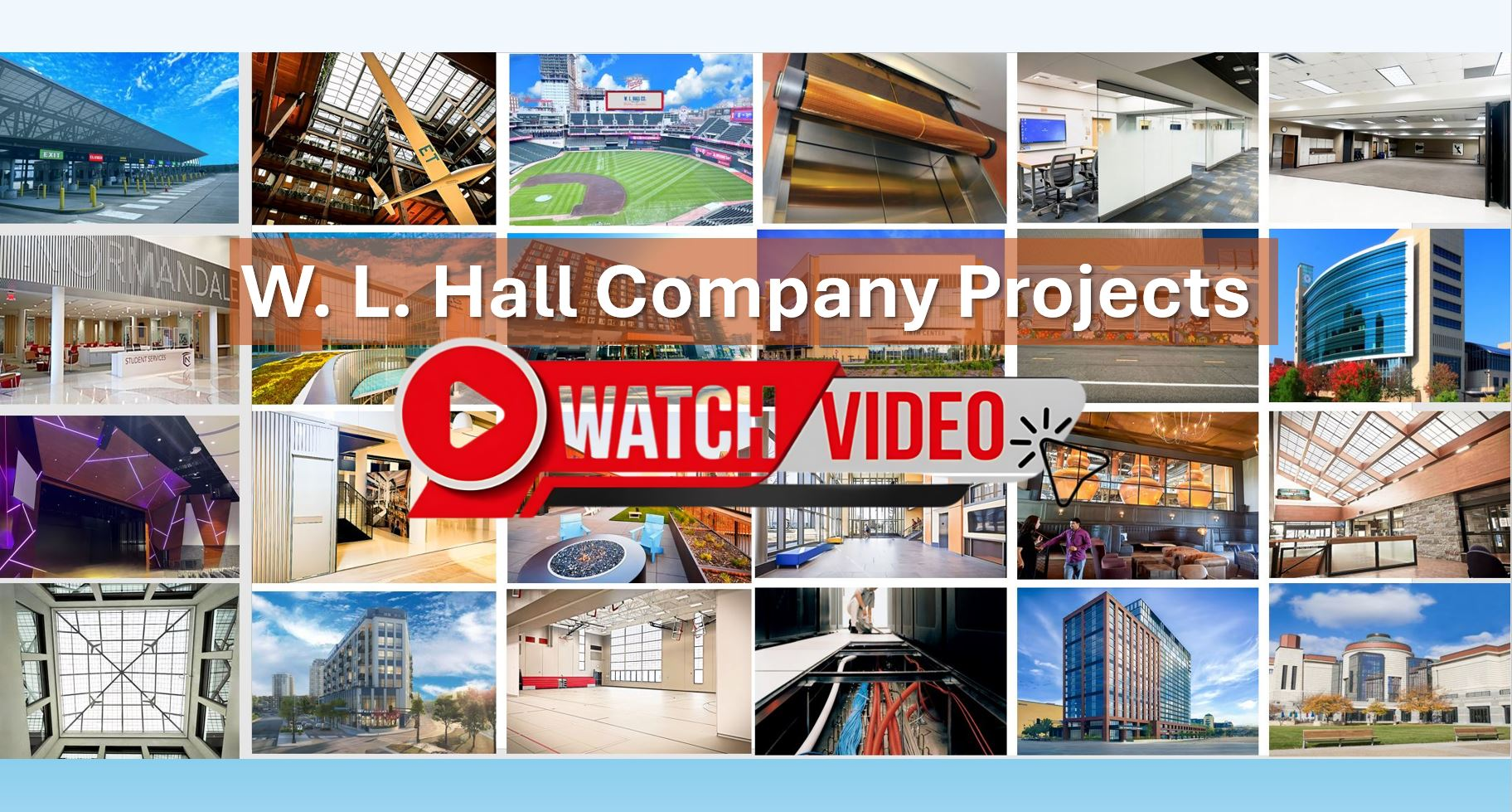











Share On: